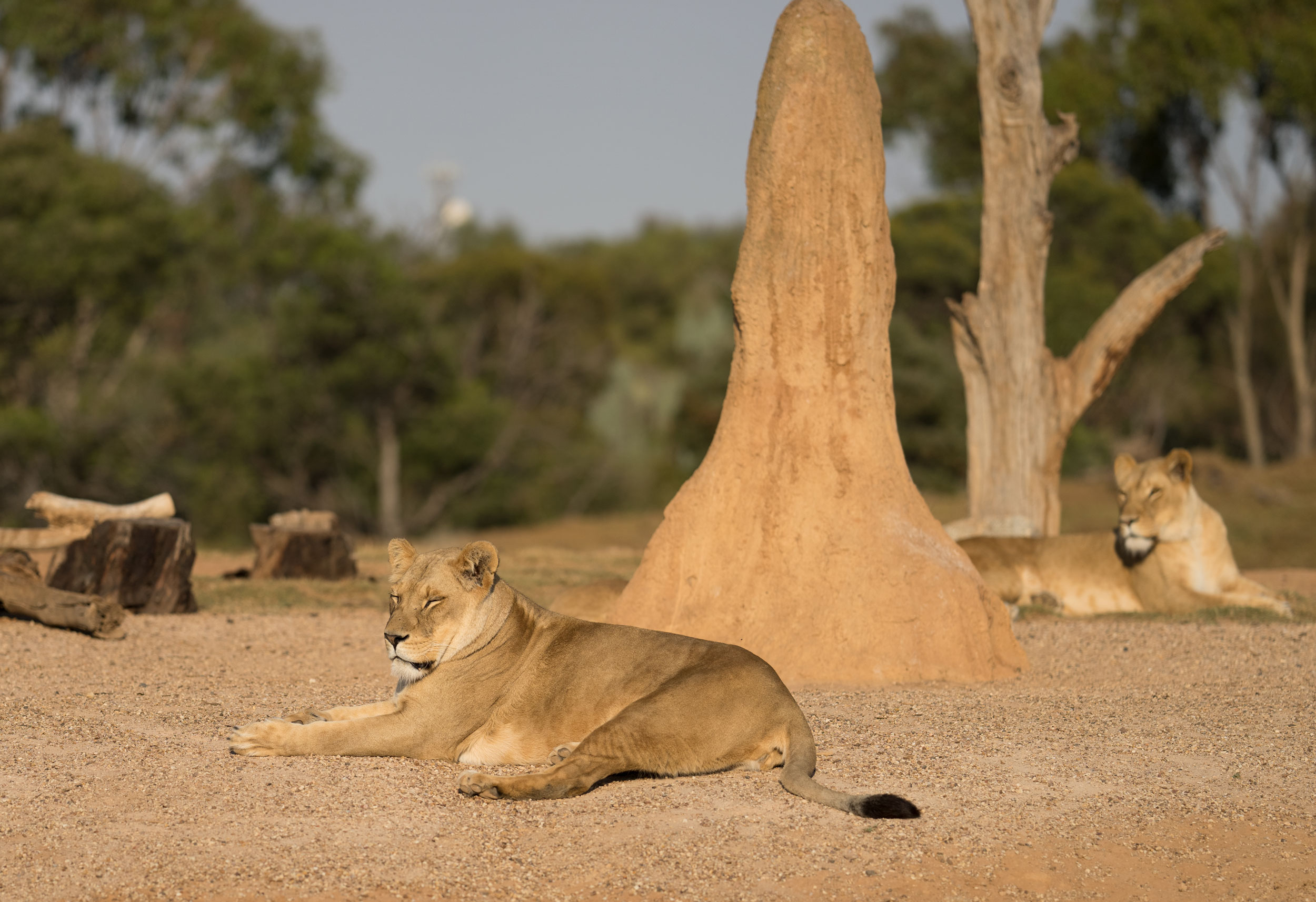

The Sony Alpha 1 is the first in a new line of Sony cameras. This is my first impressions of this new camera.
 A1_00001c_2500
A1_00001c_2500 The Sony Alpha 1 camera is the first in a new line of cameras from Sony. It was announced in January 2021, and began to appear in Australia in late March. This is about my first impressions of my new camera once it arrived.
The A1 (as it is generally known) was announced without the usual flurry of rumours beforehand. It came as a surprise, with a slew of higher specs than any previous Alpha body:
The A1 arrives in a box the same size as the A7R III, the A7R IV, or the A9 II - it seems Sony has standardised the packaging of these cameras. The box contains the documentation, a USB-C cable (but no multi-USB micro cable), a clamp for tethering cables, the usual battery charger, the usual FZ100 battery, and a camera strap - no surprises there.
The shape of the body is already familiar to the users of the A7R IV, the A9 II, or the A7S III. All these bodies can use the same battery grip, so I guess it makes sense that they are very similar. I gather that the grip of the A1 is a little deeper, but you wouldn’t know it to look at them, even side by side.
There is yet another way of opening the memory card compartment, but that is something that seems to change often on Sony. Inside the compartment is the first noticeable change: you can load SD cards into the two card slots in the usual way (label away from you), or you can load the new CFexpress Type A cards (label towards you). If you want top speed buffer clearing, you’ll want to buy one or two CFexpress cards, because they are more than twice the speed of the best SD cards, but they are, like all new memory cards, quite pricy at the moment, and you can get most of the speed of the A1 with good SD cards.
On the opposite end of the camera are the ports. It’s nice to see a full-size HDMI socket, but the rest is pretty much unchanged, just a bit rearranged.
The dials on the top left shoulder are very like the A9 II, except that the AF dial’s lock is at the back instead of the front, and the drive mode dial has H+ as well as H, M, and L. The controls on the top right seem unchanged, which suits me, because I am familiar with them.
A big change comes when you power on the camera. The menus are very different, and that’s not a bad thing. I am not going to say that the old menus were terrible, but they felt not completely organised, and there were some functions that seemed to be in the wrong place. These new menus have been carefully thought out, including the decision to put the My Menu pages first - once you have gathered the menus you want into My Menu, you won’t be venturing into the other menus often. The menus are grouped into seven colour-coded sections, with a couple of the sections containing more than a page of submenus - there are 57 submenus in all. Some of those submenus also extend for more than a page - Image Quality (where you choose the file formats you want to use, and file sizes) has 11 entries, for example. Some of those entries even display pages of their own - for example, Custom Key Setting for stills has four pages showing every button that can be customised and what it is set to; it is well-thought out, and includes images of the camera labelling every button or dial you can assign. I was impressed by how much work they had put into improving the menu system. One of the best parts is that they have made it easy to save all of your customisation onto a memory card, so you can, for example, customise your first A1 perfectly, then just copy those settings into all your other A1 cameras… (or more likely, you can save all your settings if you have to send your camera in for service). Also, you can save one setup, then experiment, save the results, and switch between the different setups.
One thing that hasn’t changed is the rear screen. It’s exactly the same as it was on the A9 II, the A7R IV, and the A7R III. I say was, because the A7R IV and A7R III are being re-released with a new higher resolution rear screen as the A7R IVa and A7R IIIa.
The next big change is the EVF - the A1 has scored a major upgrade in the viewfinder, getting a 9 million dot screen that supports high speed and very high speed modes. It’s a delight. They made one change that may have been a mistake, moving the sensor which controls switching from rear screen to EVF from the top to the bottom of the eye cup - there are reports of the sensor not switching to the EVF when there is bright light coming from one side. This has happened to me (just once), so I know it’s real.
The A1 is a little bit heavier than its siblings, but I honestly could not tell. Hold the A7R IV in one hand and the A1 in the other and they feel very much the same weight.
All in all, I think Sony did a very good job of making the A1 familiar to users of their current cameras - the controls are where I expect them to be. The menus are very different, but I can capture the commands I need often to My Menu, so I don’t need the menus all that often. I have dipped my toe into customising this camera, more than I have the previous Sonys, but I can tell I will need to do more.
I shared my very first photo shot on the A1 in Photo of the Day, but I’m going to show it here, too. I resisted the temptation to snap a photo at home, because there is a tradition (on certain websites, at least) that the first photo you share is of your dog or cat. I felt that I had to honour that tradition, even though I no longer have a pet, so I saved my first shot until I had a chance to photograph a cat:
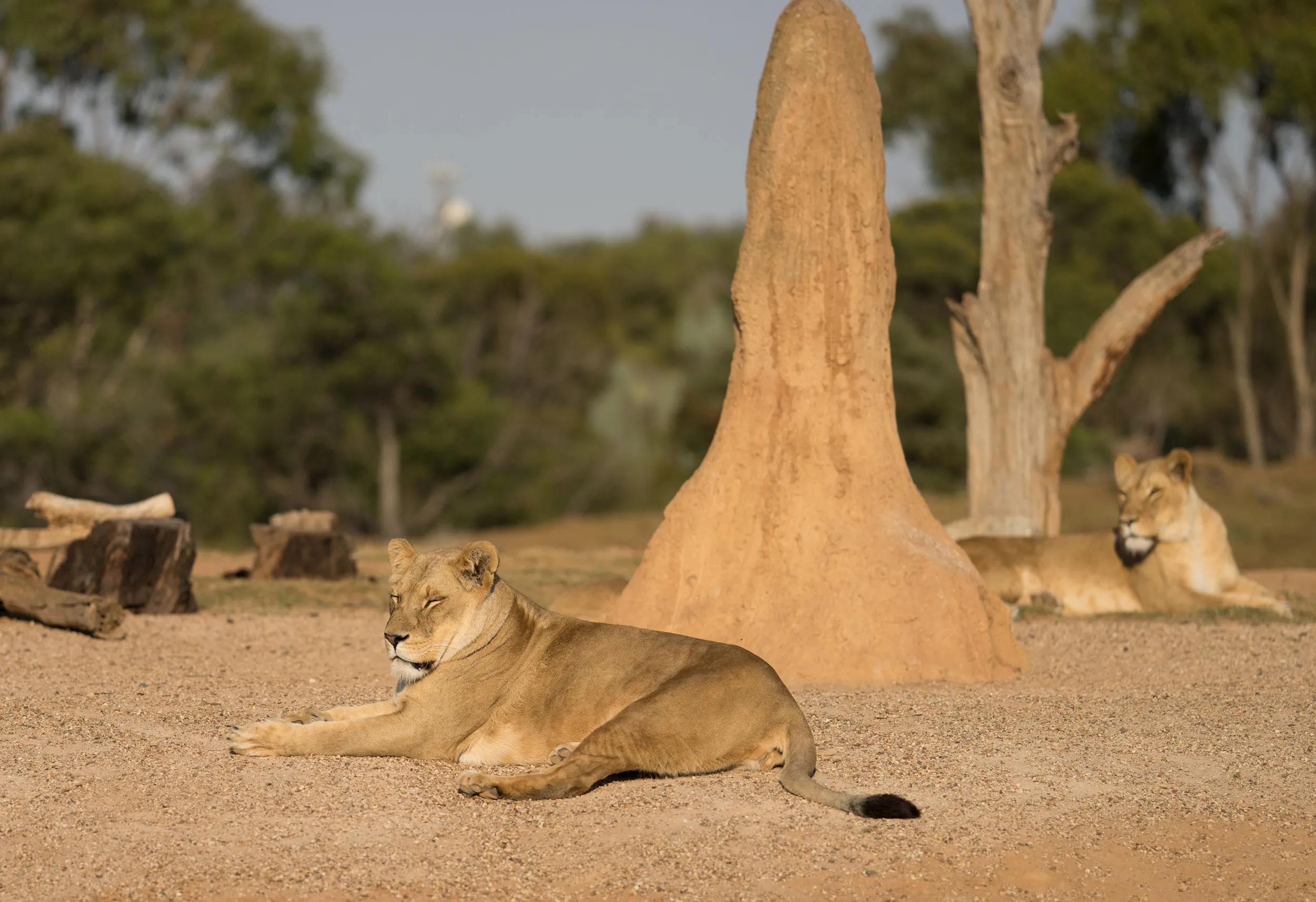
Shot at f/1.8 using the Sony 135mm GM on a Sony A1 at 1/6400, ISO 100. Image cropped for composition
Click on it to see this image in the lightbox. I was happy with that as a first shot. It showed how sharp the focus was (Animal Eye AF on the lion’s left eye). I’d start to give more challenging things to shoot soon enough.
I ordered the A1 sight-unseen on the day it was announced, hoping that it would live up to my expectations. My expectations were high, because this camera looked like it combined what I liked most about the A9 II (the extra controls, the black-out free shooting, the high speed) with what I loved most about the A7R IV (chiefly the high resolution and the clarity of the sensor without an AA filter). I feared I might be expecting too much, that I was setting myself up for disappointment, but I’m a hopeful optimist at heart.
I got more than I expected. I was not expecting the luxury of the new EVF, and I was not prepared for the speed of shooting. I was not expecting how much learning was involved in this new camera. One of the early things I learned is that it can be a bit of a pain, because it’s really easy to shoot thousands of frames with lots of repetition. No hassle at the time of shooting, but it gets tedious to cull the images when you get home. I’d warn you not to set the drive mode to continuous High or even High+ on your first shoot, but I know you will!
What were my first impressions? The Sony A1 is familiar in many ways, because I know the A7R IV and the A9 II, yet it’s different, and very fast. More than anything else, though, it’s fun! , it’s fun!
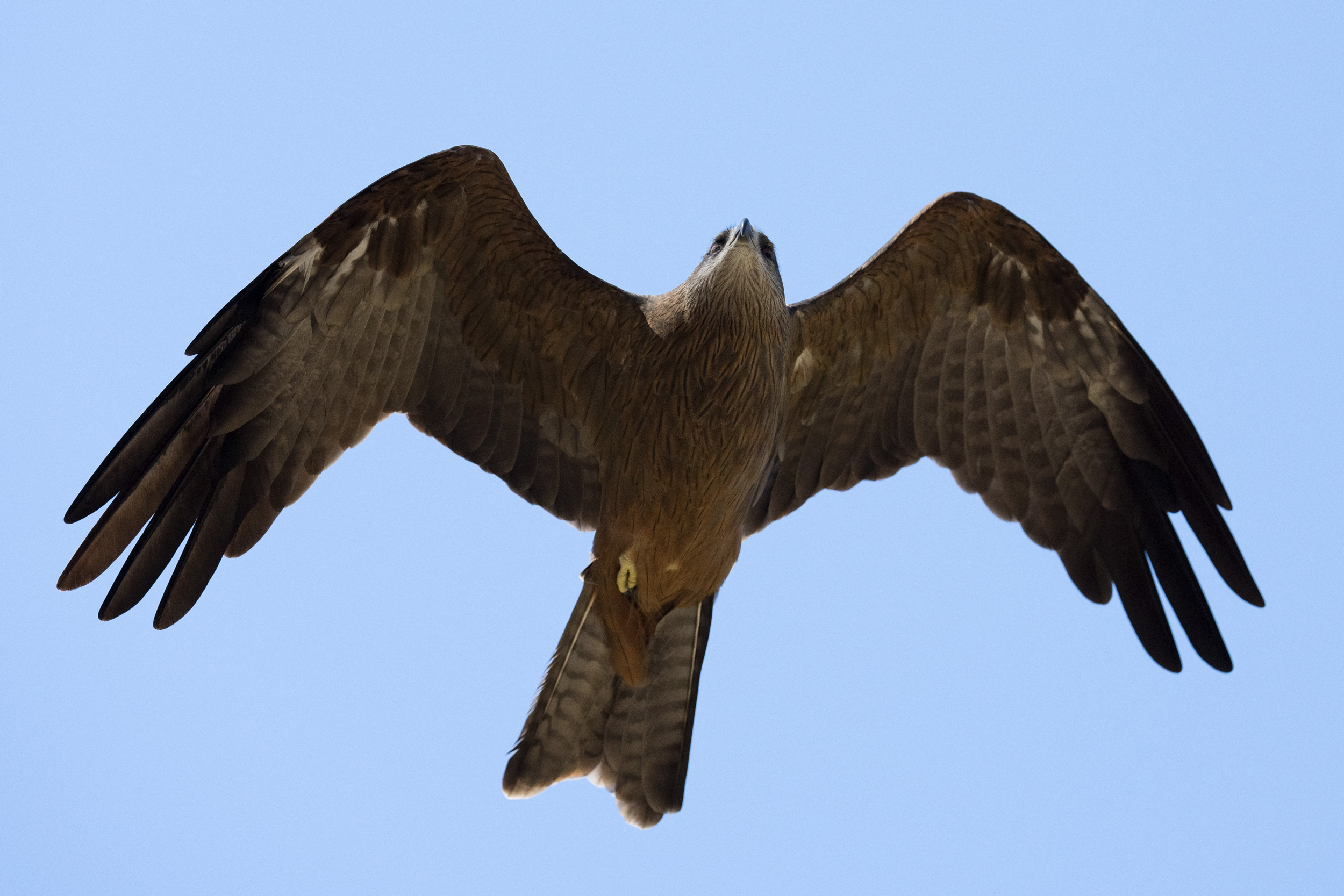 Black kite in flight
Black kite in flight 
This article shows a series of images shot in a single burst using the Sony A1 and the Sony 135mm GM. This combination is very effective when photographing birds which are not too far away.
Read article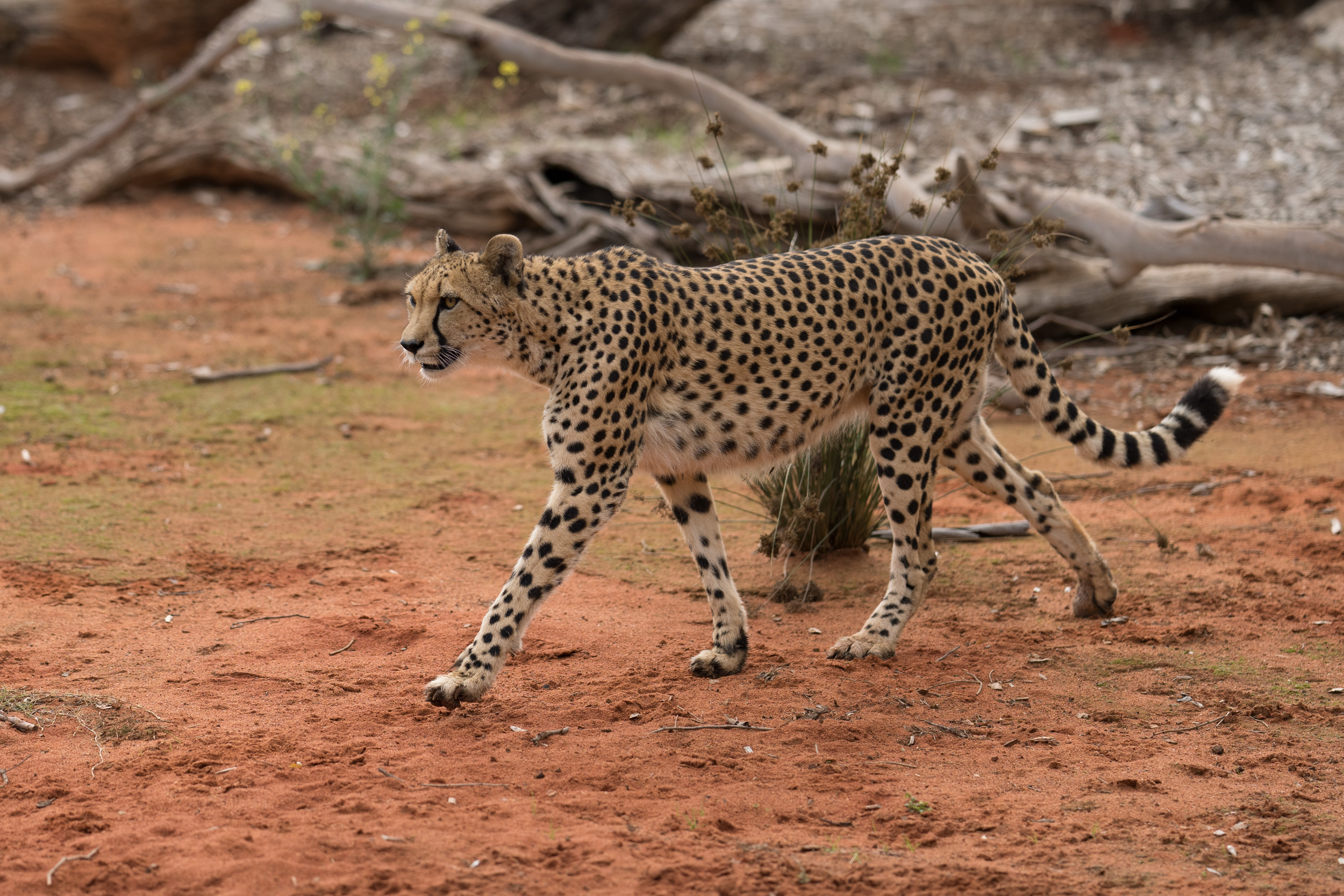 Cheetah prowling - the A1 at work
Cheetah prowling - the A1 at work 
This article shows a series of images shot in a single burst using the Sony A1 and the Sony 135mm GM.
Read article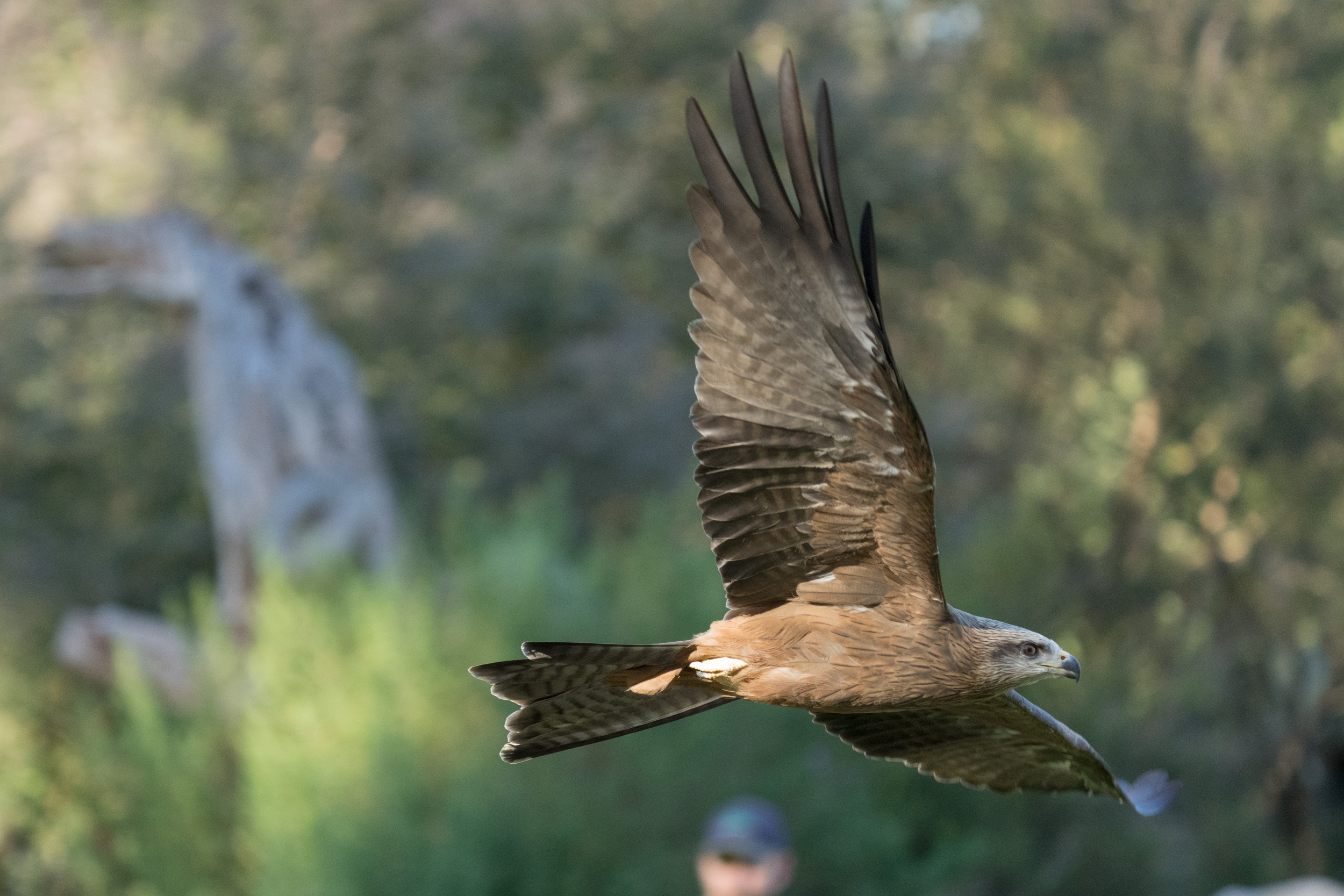 Sony Alpha 1 camera - mid-high ISO impact on images of a black kite
Sony Alpha 1 camera - mid-high ISO impact on images of a black kite 
The Sony Alpha 1 is going to be used at high ISO. This post compares some mid-high ISO values, and their impact on image quality.
Read article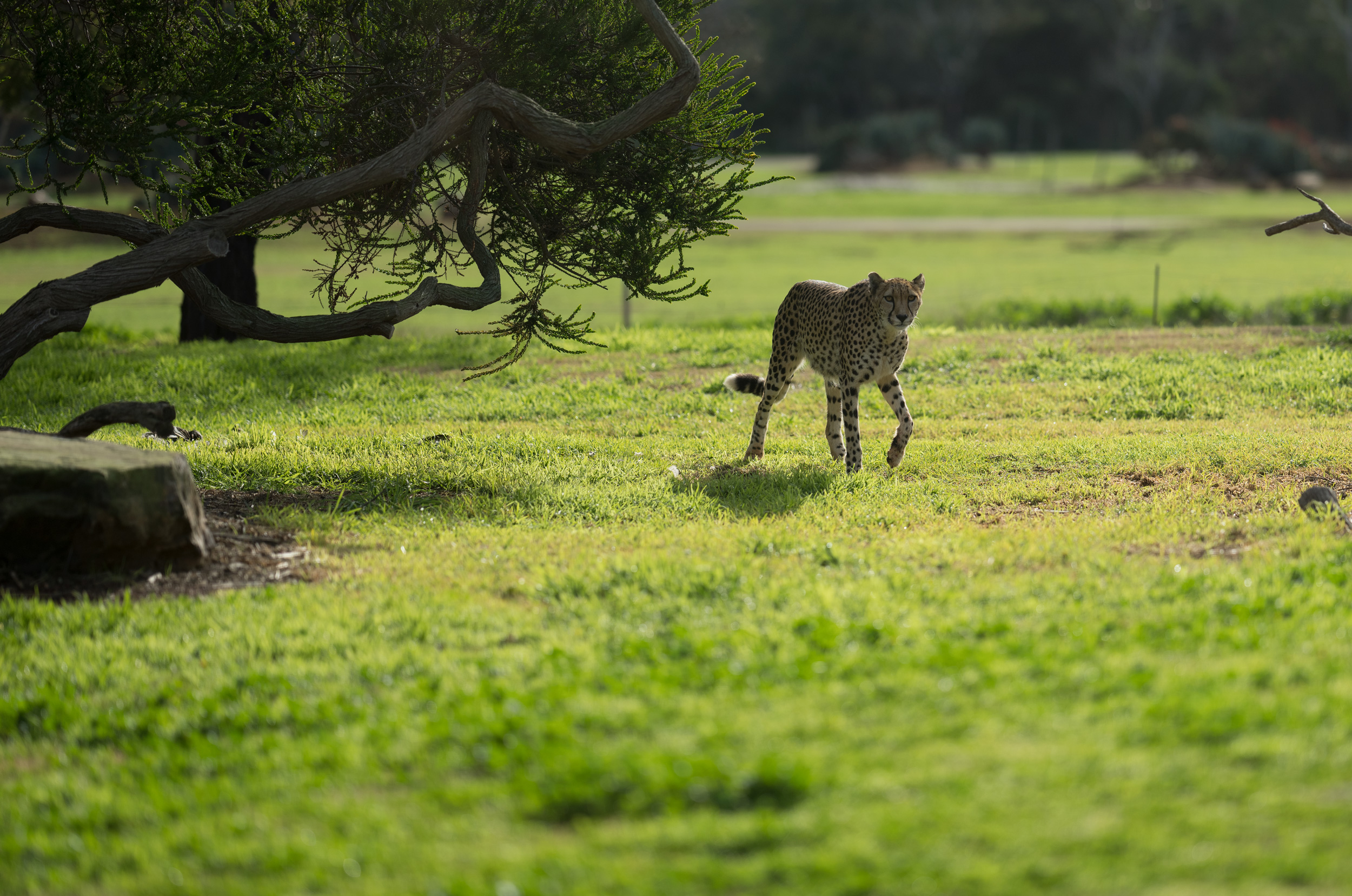 Relax, the cheetah is a long way off!
Relax, the cheetah is a long way off! 
Kulinda the cheetah can reach 120km/hour if she wants to.
Read article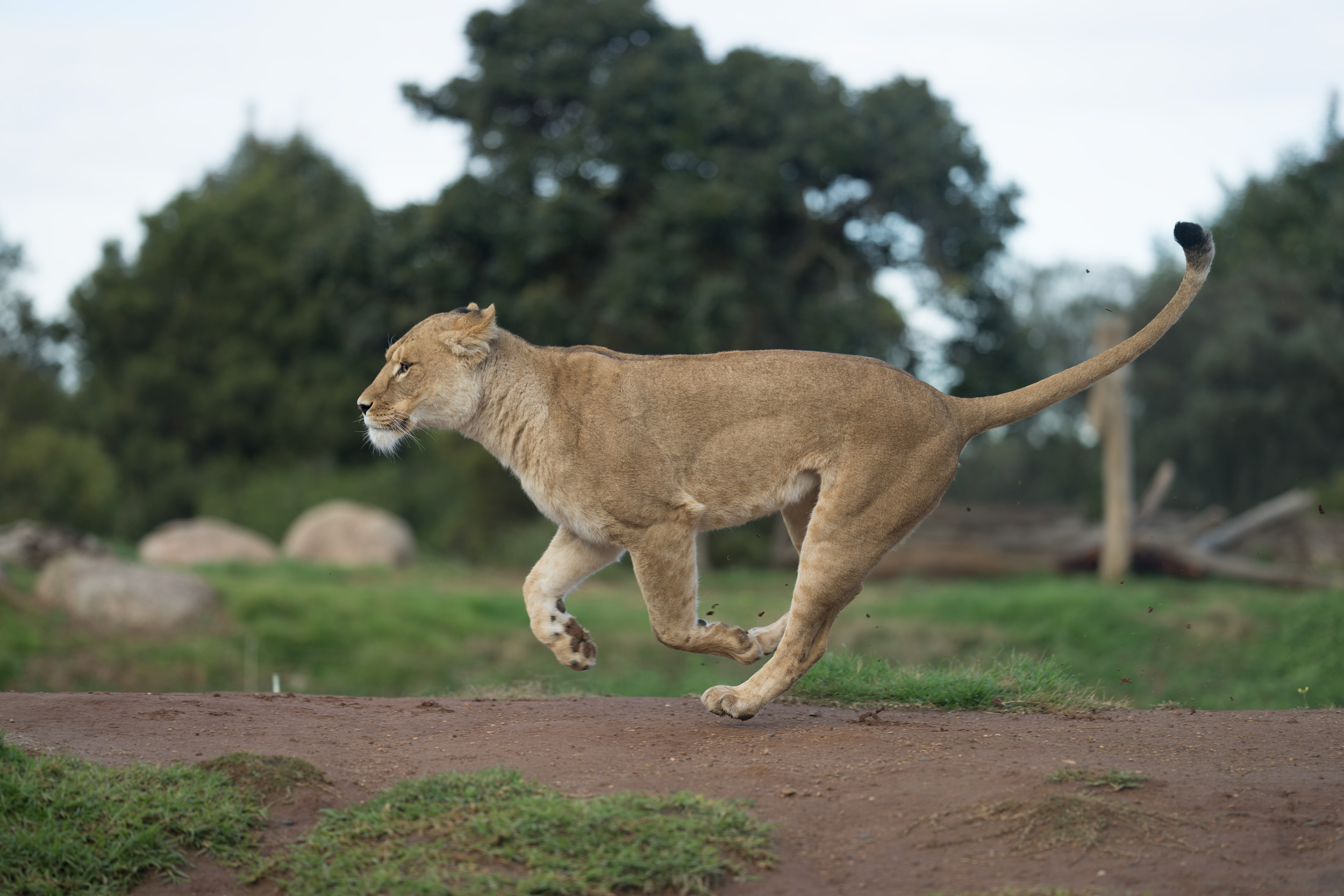 A quick burst of activity
A quick burst of activity 
A quick burst of speed from a focussed predator
Read article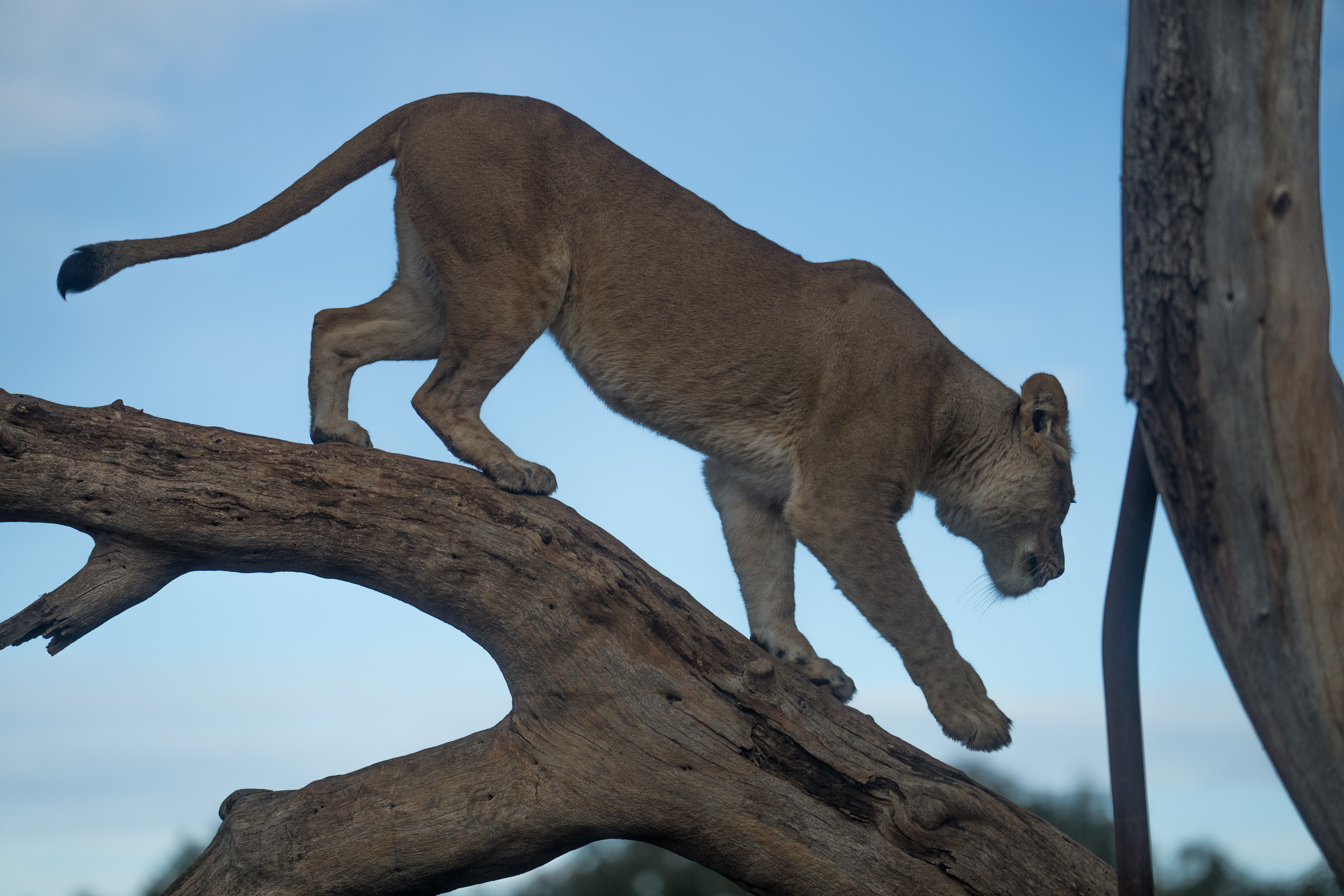 Did you know that lions climb trees?
Did you know that lions climb trees? 
When chased by a lion, don't expect climbing a tree to save you
Read article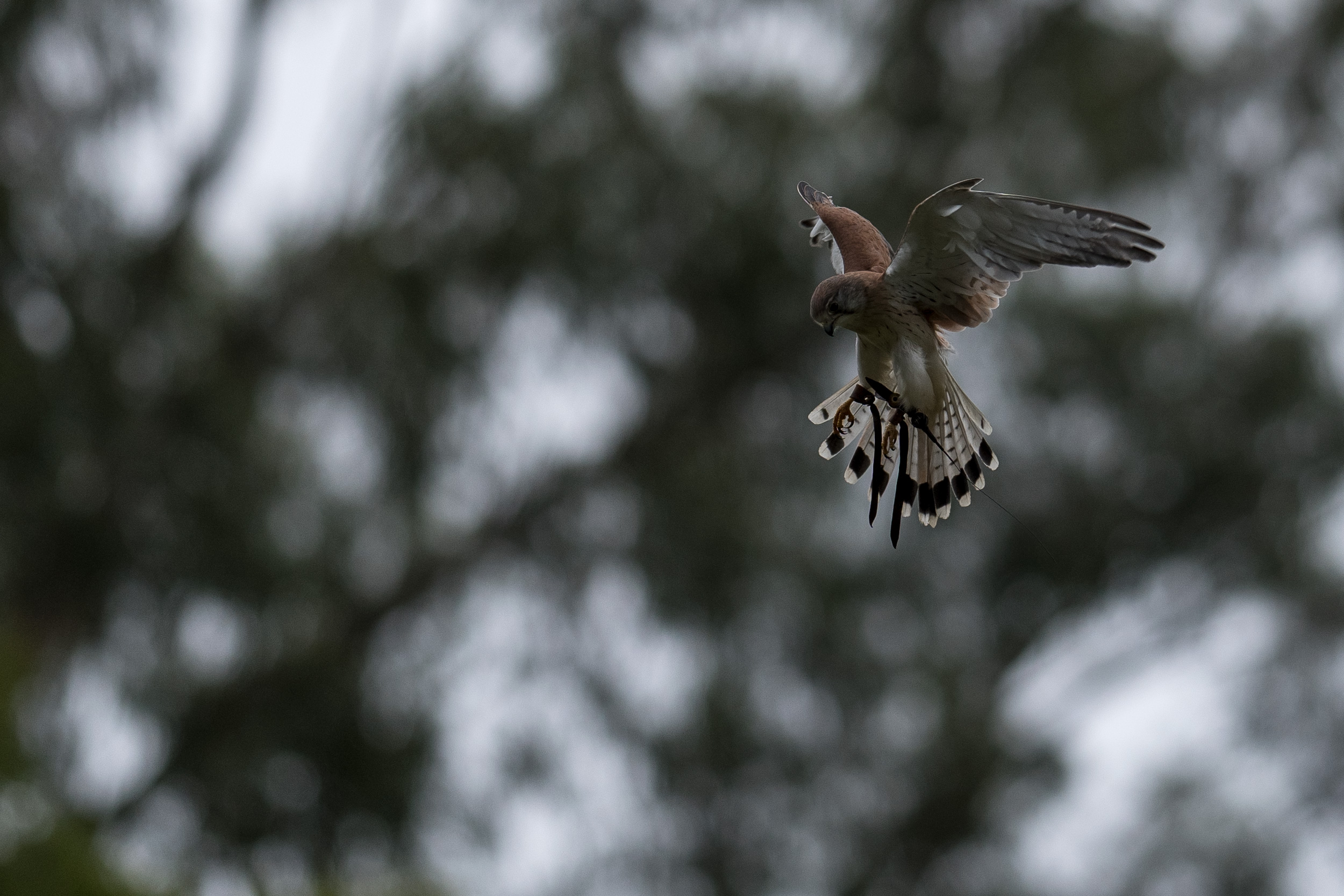 A nankeen kestrel can hover!
A nankeen kestrel can hover! 
A nankeen kestrel can hover above prey.
Read article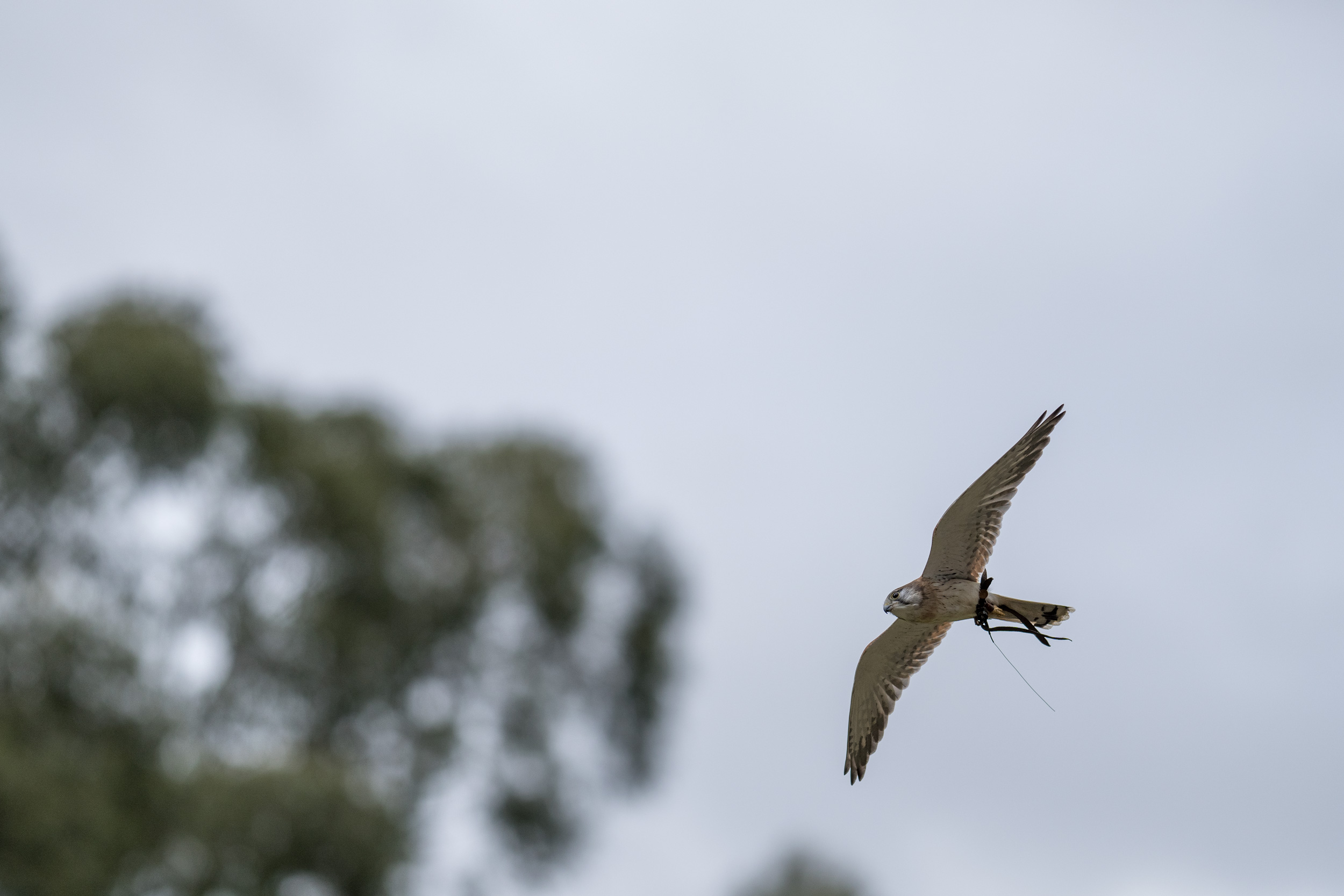 A nankeen kestrel in flight
A nankeen kestrel in flight 
Small and fast, this is a hard bird to photograph!
Read article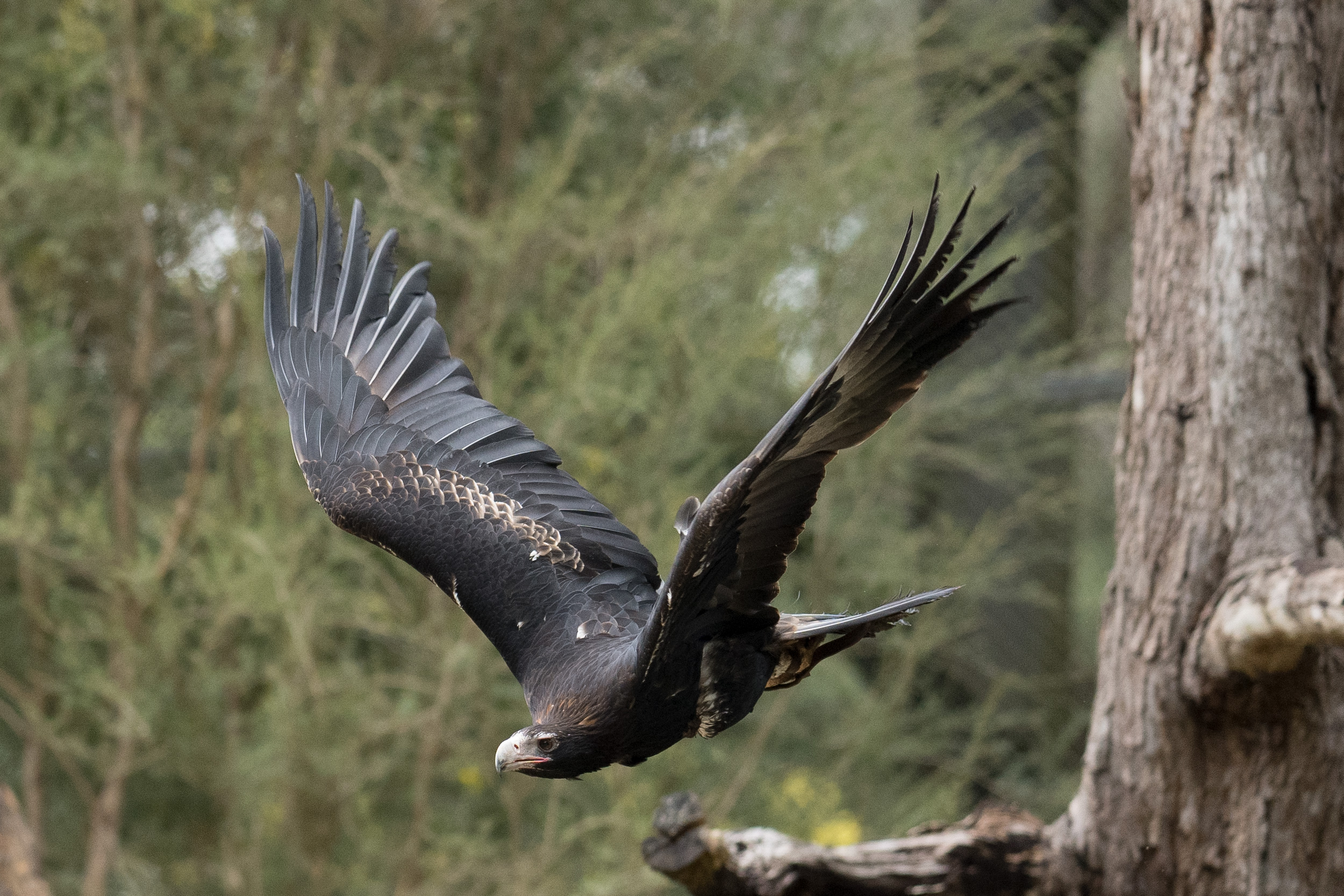 A wedge-tail eagle in flight
A wedge-tail eagle in flight 
The largest eagle in Australia is the wedge-tail eagle.
Read article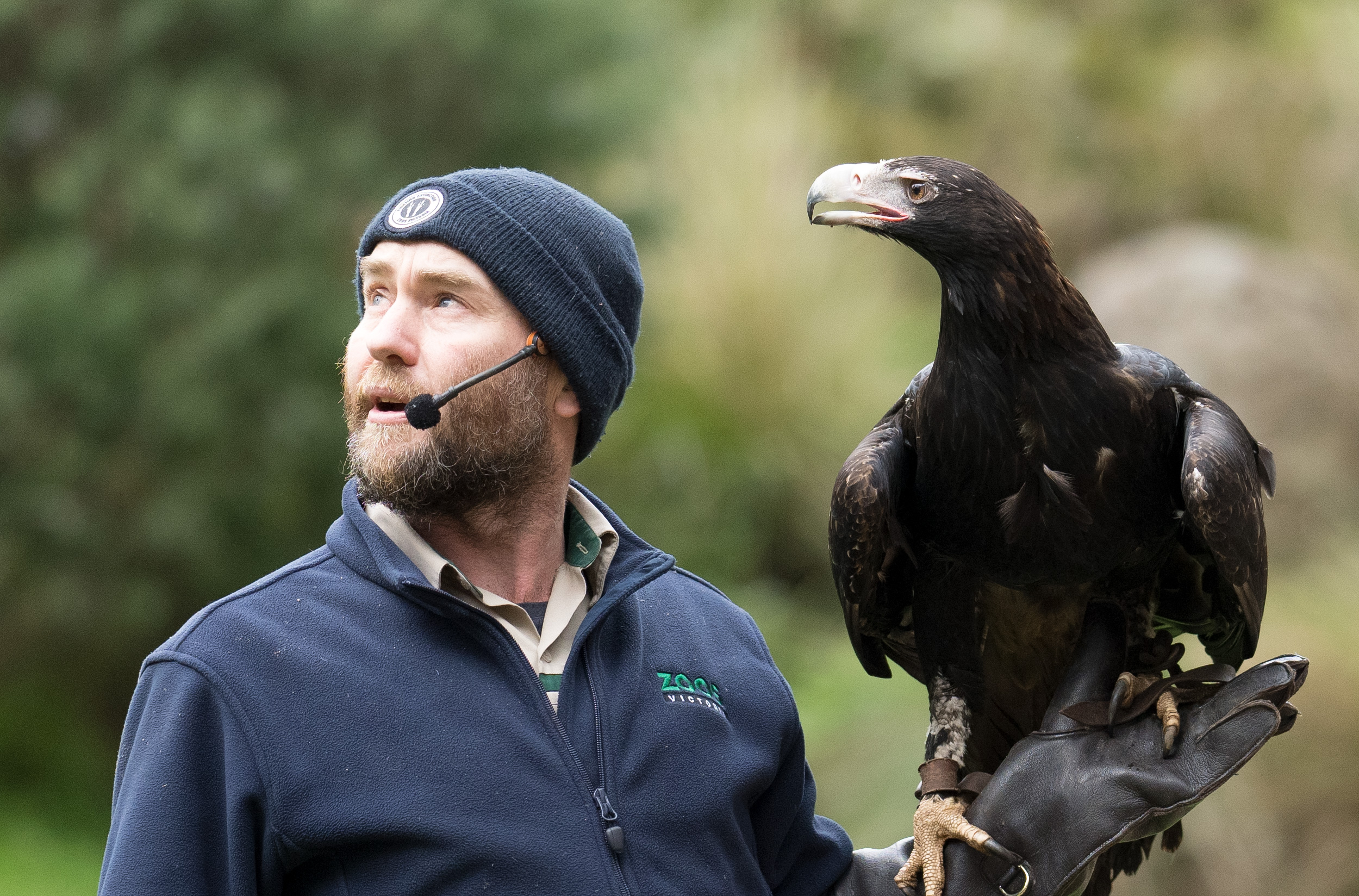 Eagle eyes - what is she looking at?
Eagle eyes - what is she looking at? 
This eagle really can see things that you can't.
Read article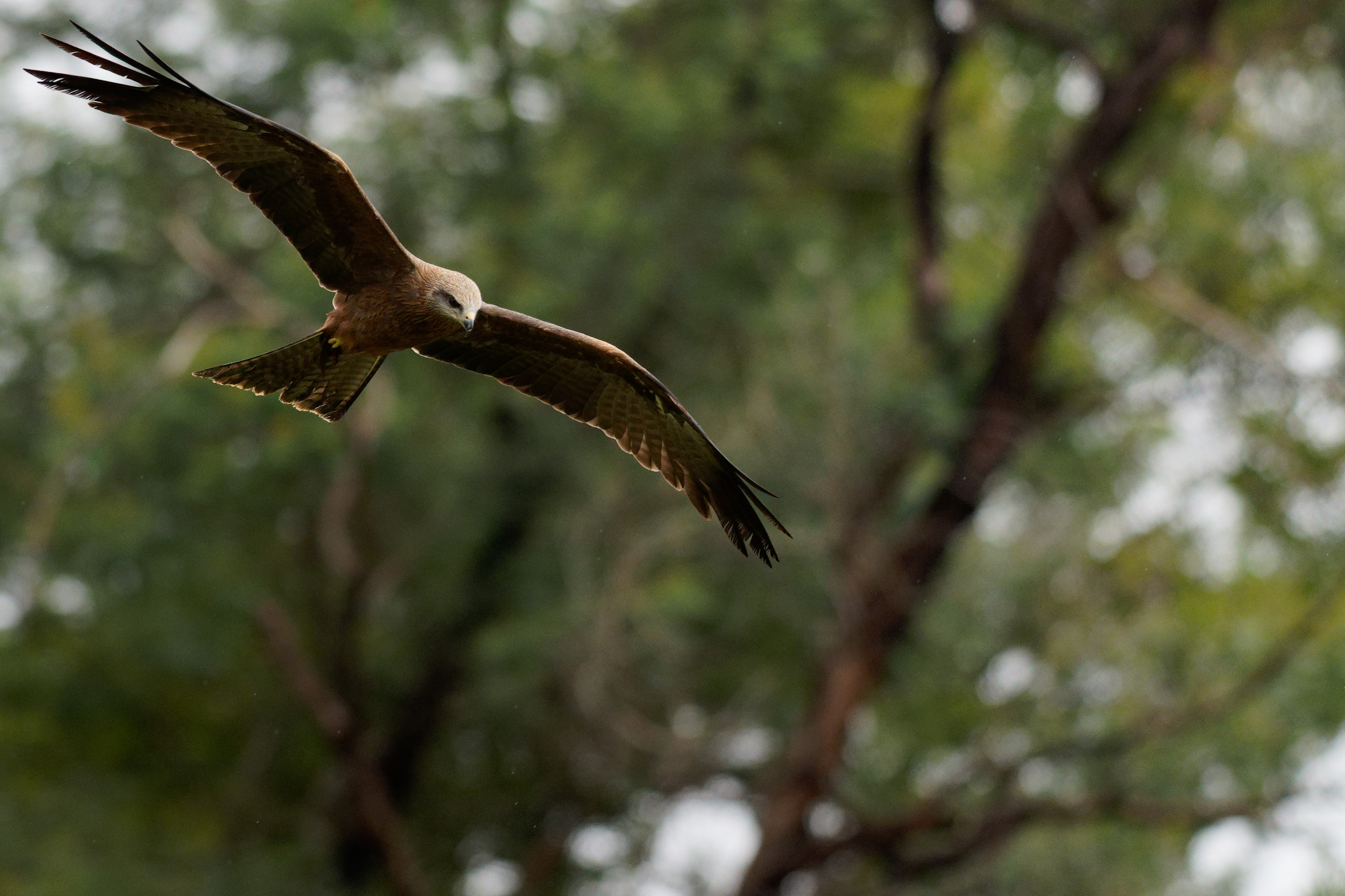 Eyes on target: black kite
Eyes on target: black kite 
Head horizontal, no matter what angle his body and wings are at
Read article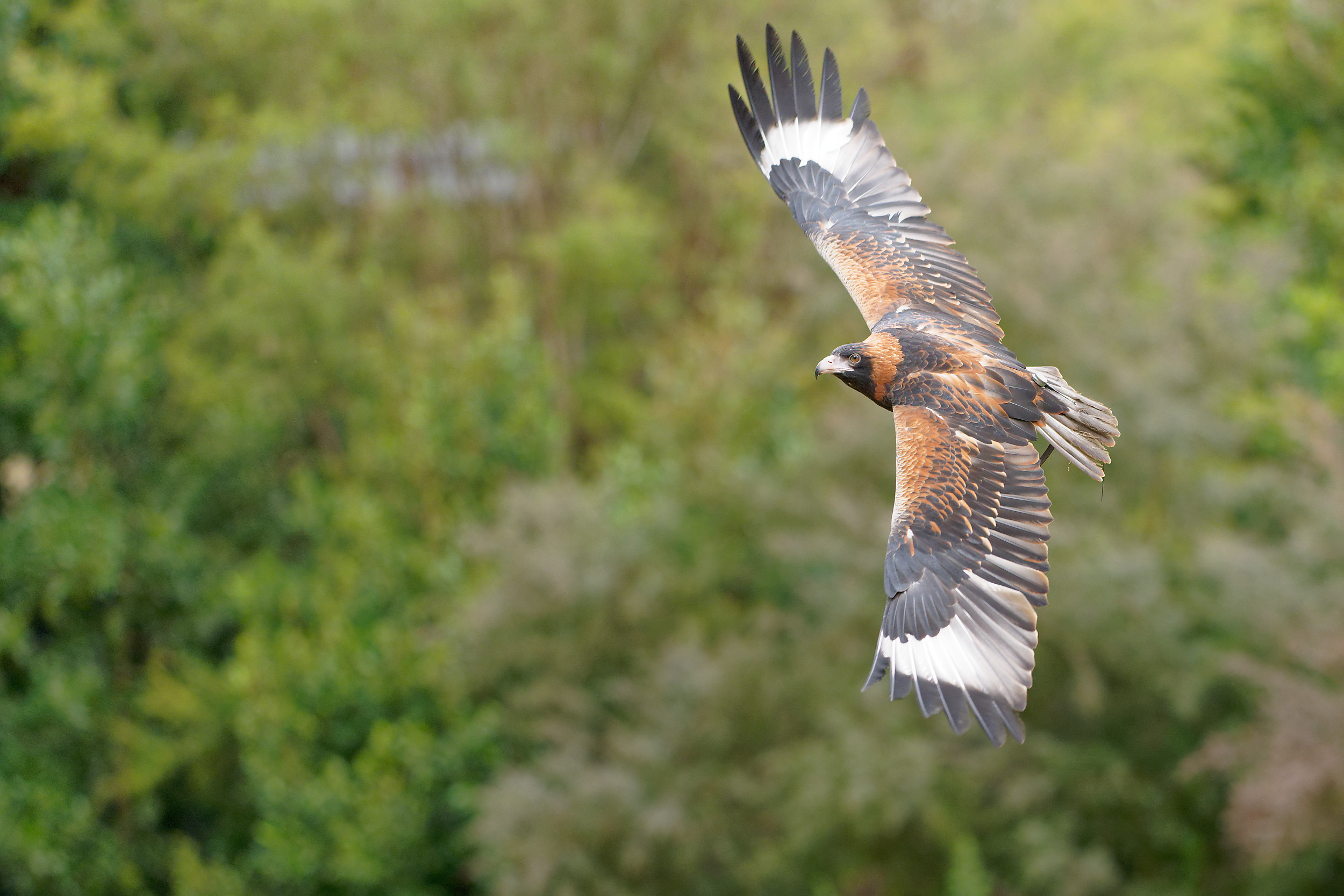 A black-breasted buzzard
A black-breasted buzzard 
Showing off her distinctive plumage, this black-breasted buzzard is naturally alliterative.
Read article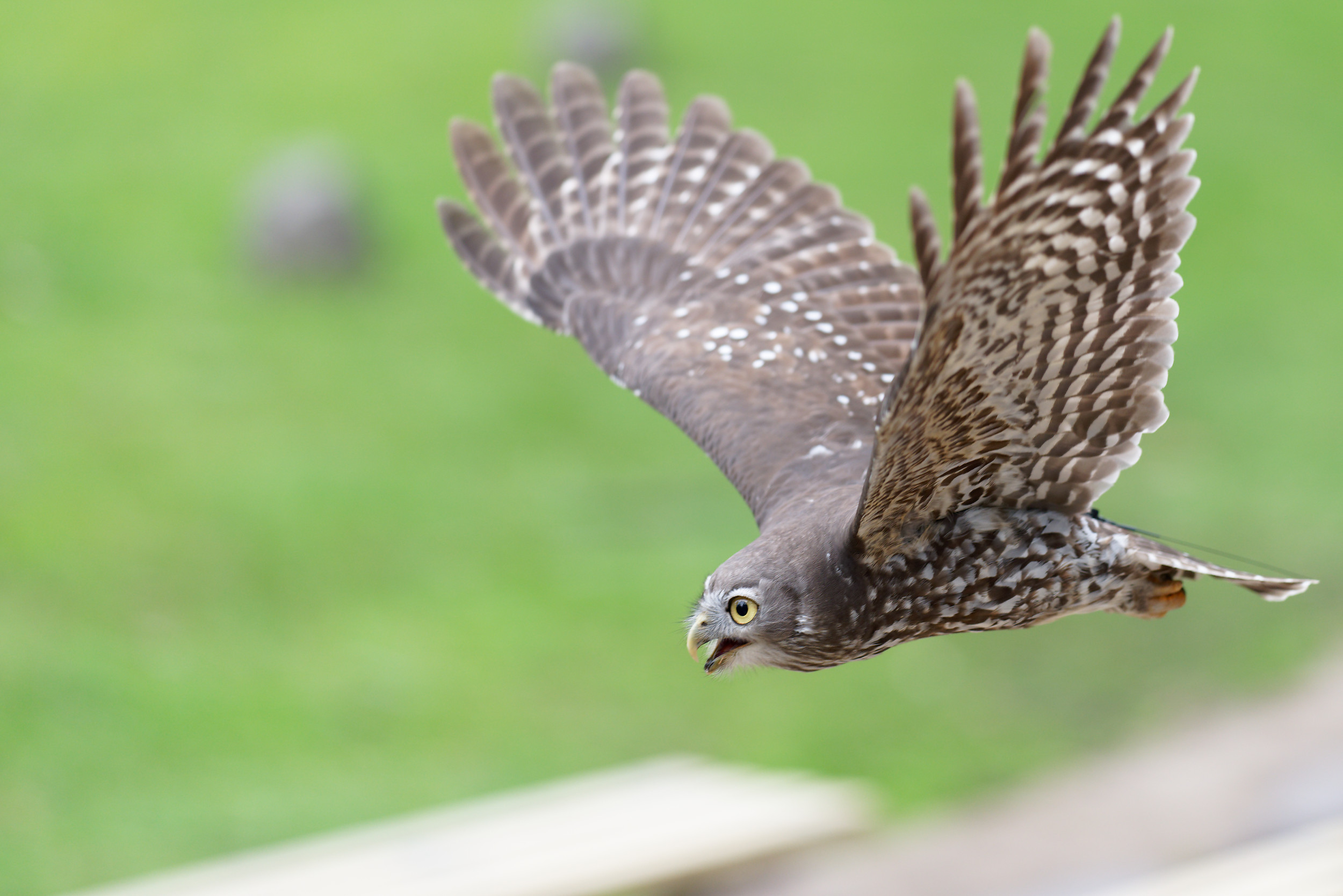 A barking owl - don't duck!
A barking owl - don't duck! 
When a barking owl is flying overhead, don't duck!
Read article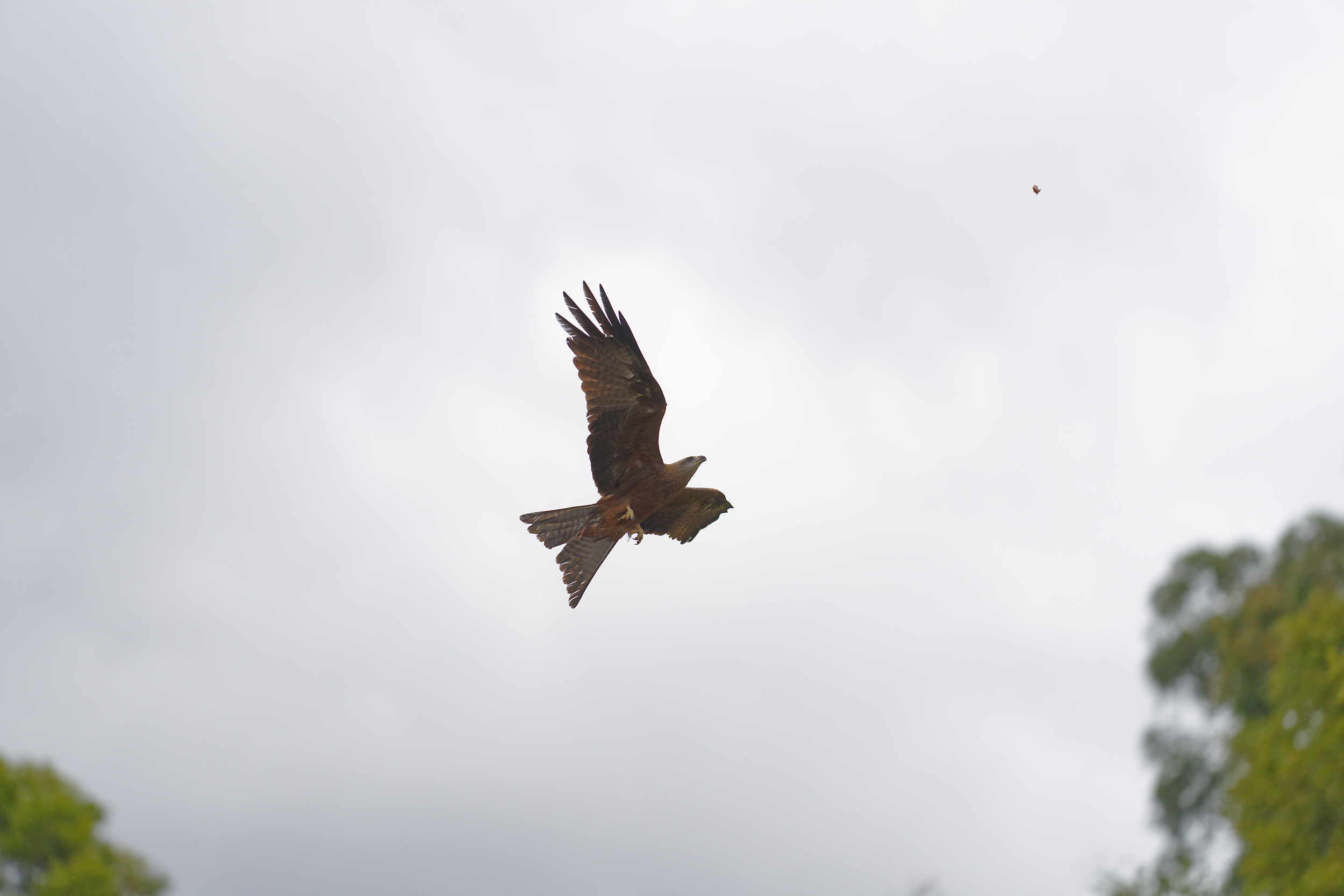 A fraction of a second
A fraction of a second 
How a raptor makes a capture
Read article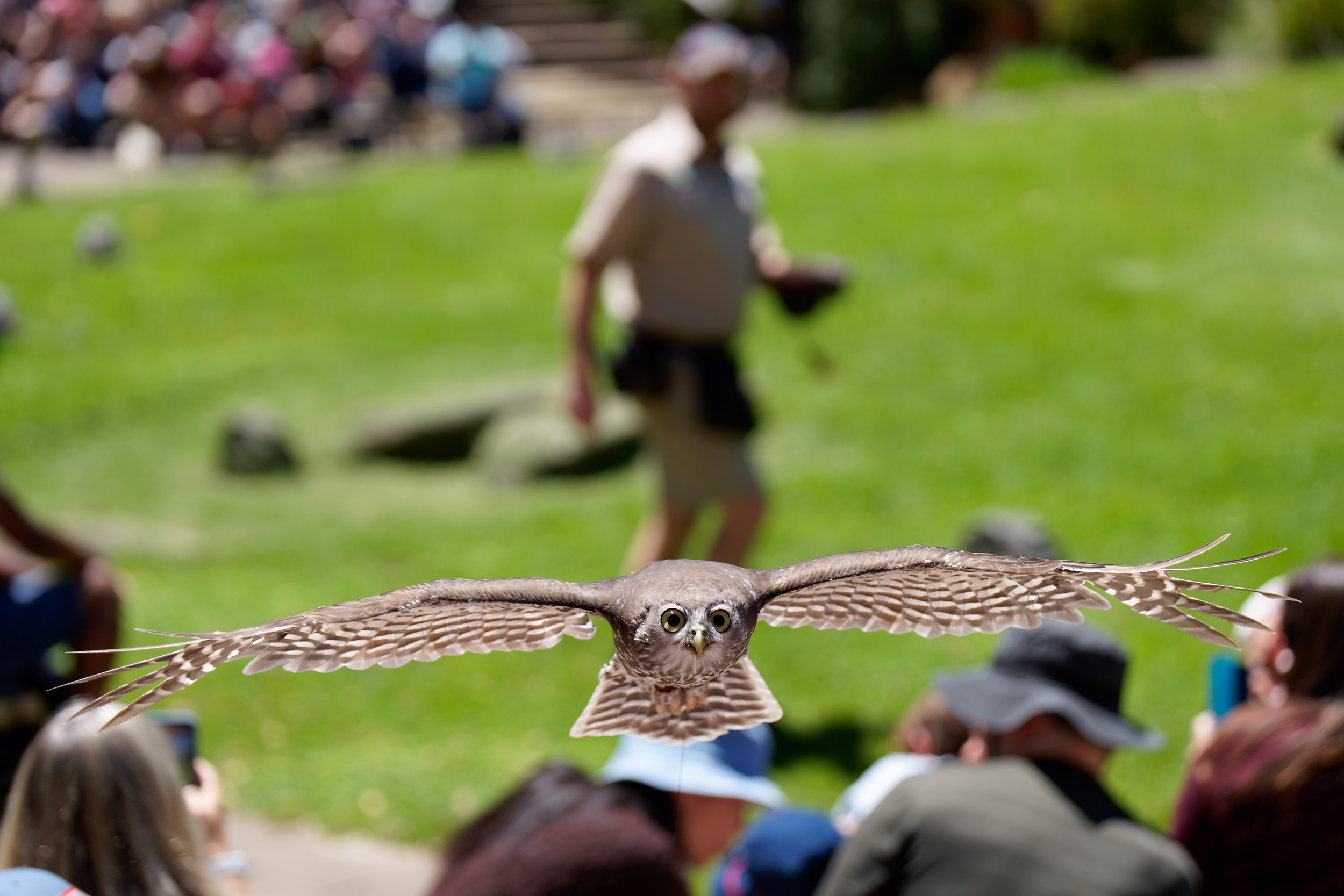 A barking owl in flight - straight at me!
A barking owl in flight - straight at me! 
I'm ready for my close-up Mr de Mille.
Read article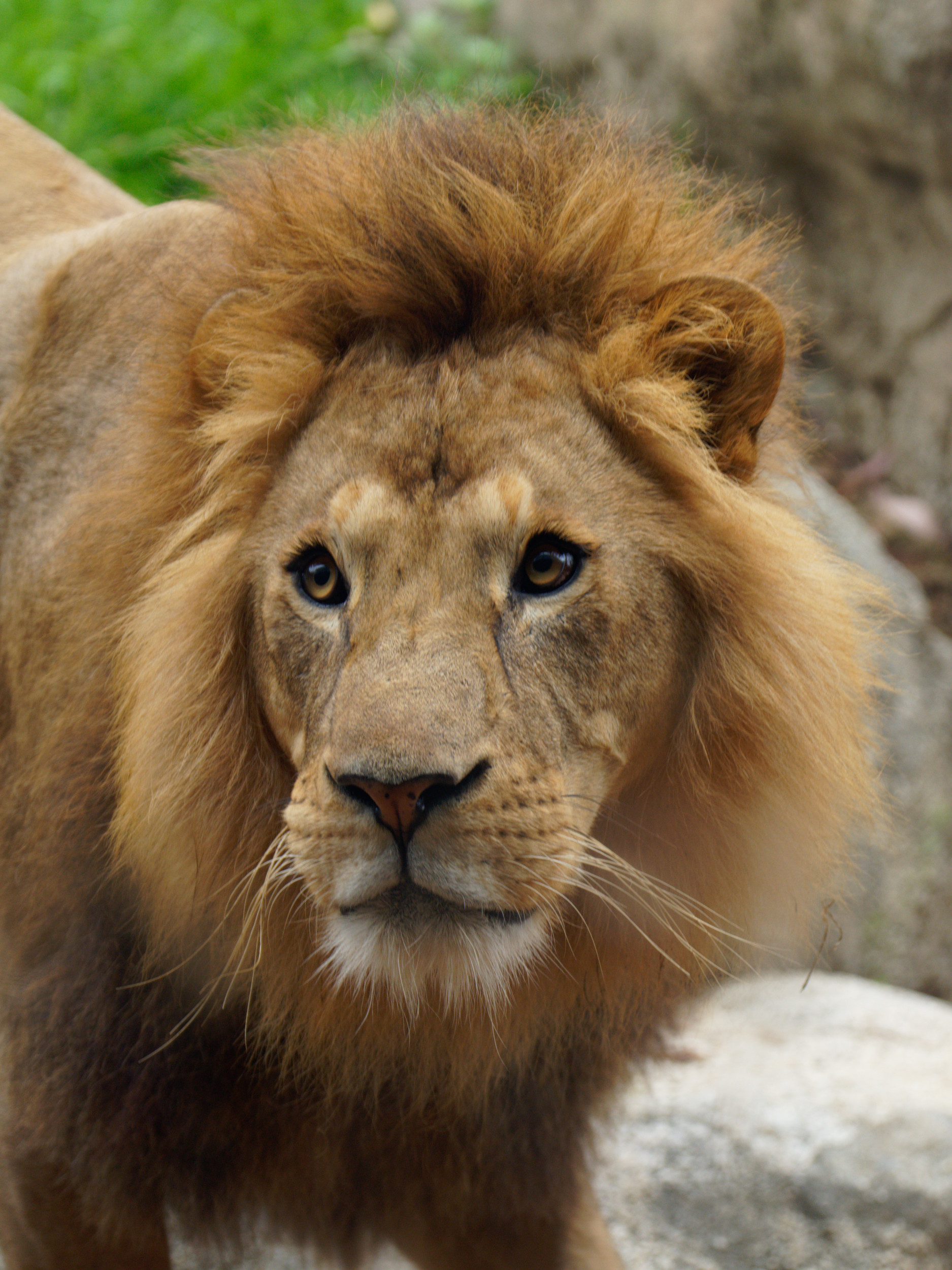 Melbourne Zoo on Christmas Day
Melbourne Zoo on Christmas Day 
Christmas at Melbourne Zoo is a time to get some beautiful photographs on our friends.
Read article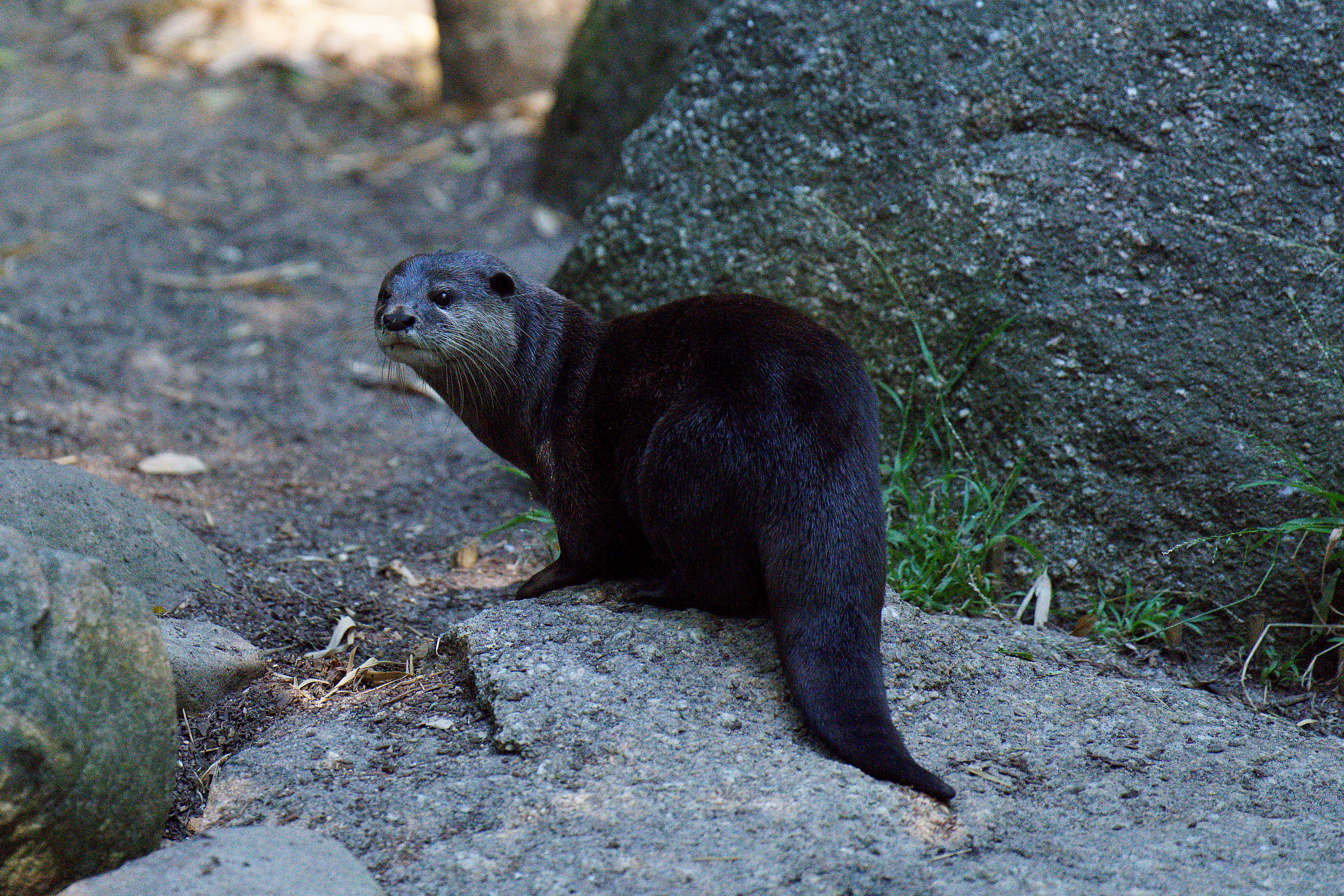 Melbourne Zoo on New Year's Eve
Melbourne Zoo on New Year's Eve 
New Year's Eve at Melbourne Zoo was hot, but the otter's enclosure is well shaded.
Read article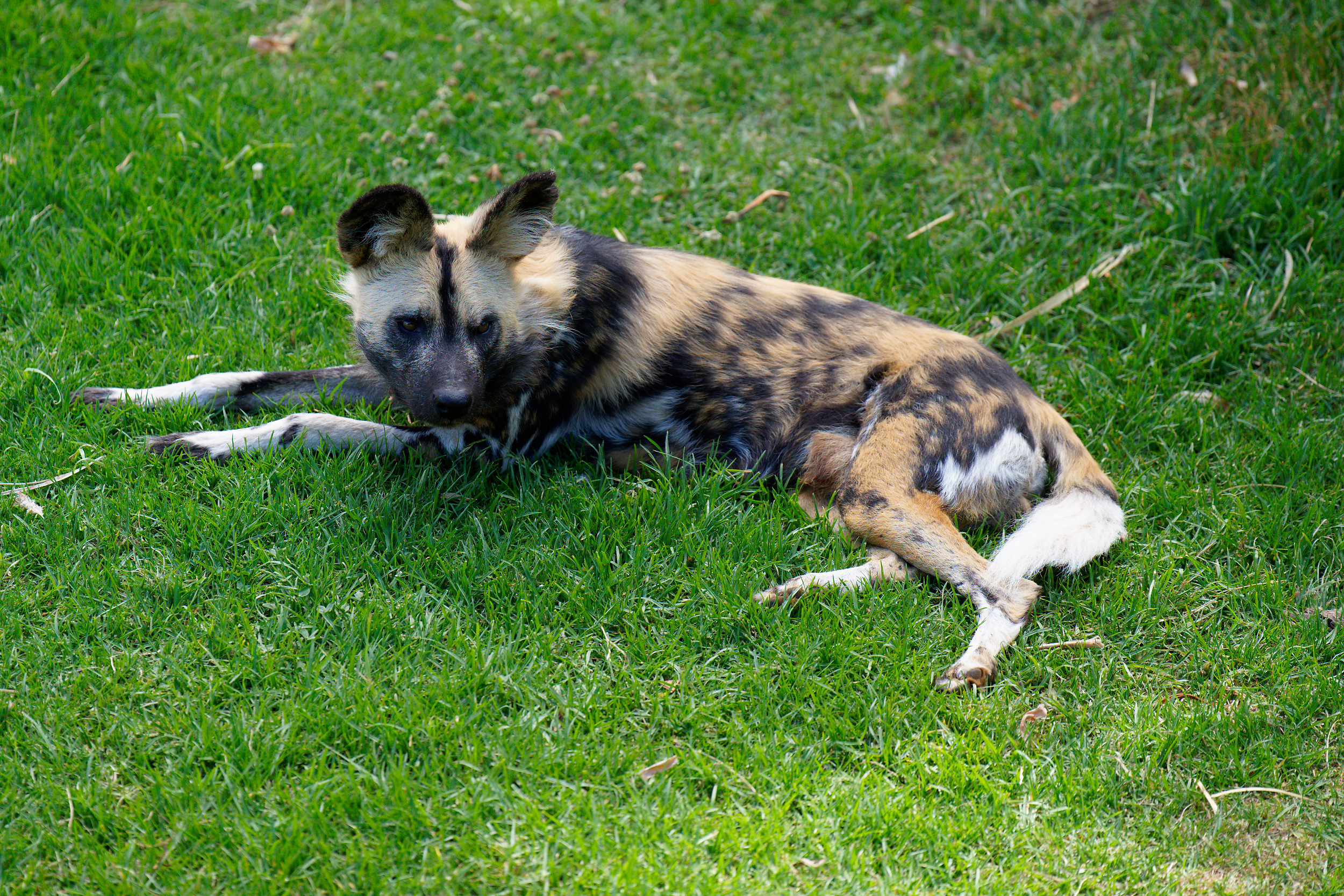 The wild dogs of Werribee
The wild dogs of Werribee 
Giving the African wild dogs at Werribee Open Range Zoo some time in the sun
Read article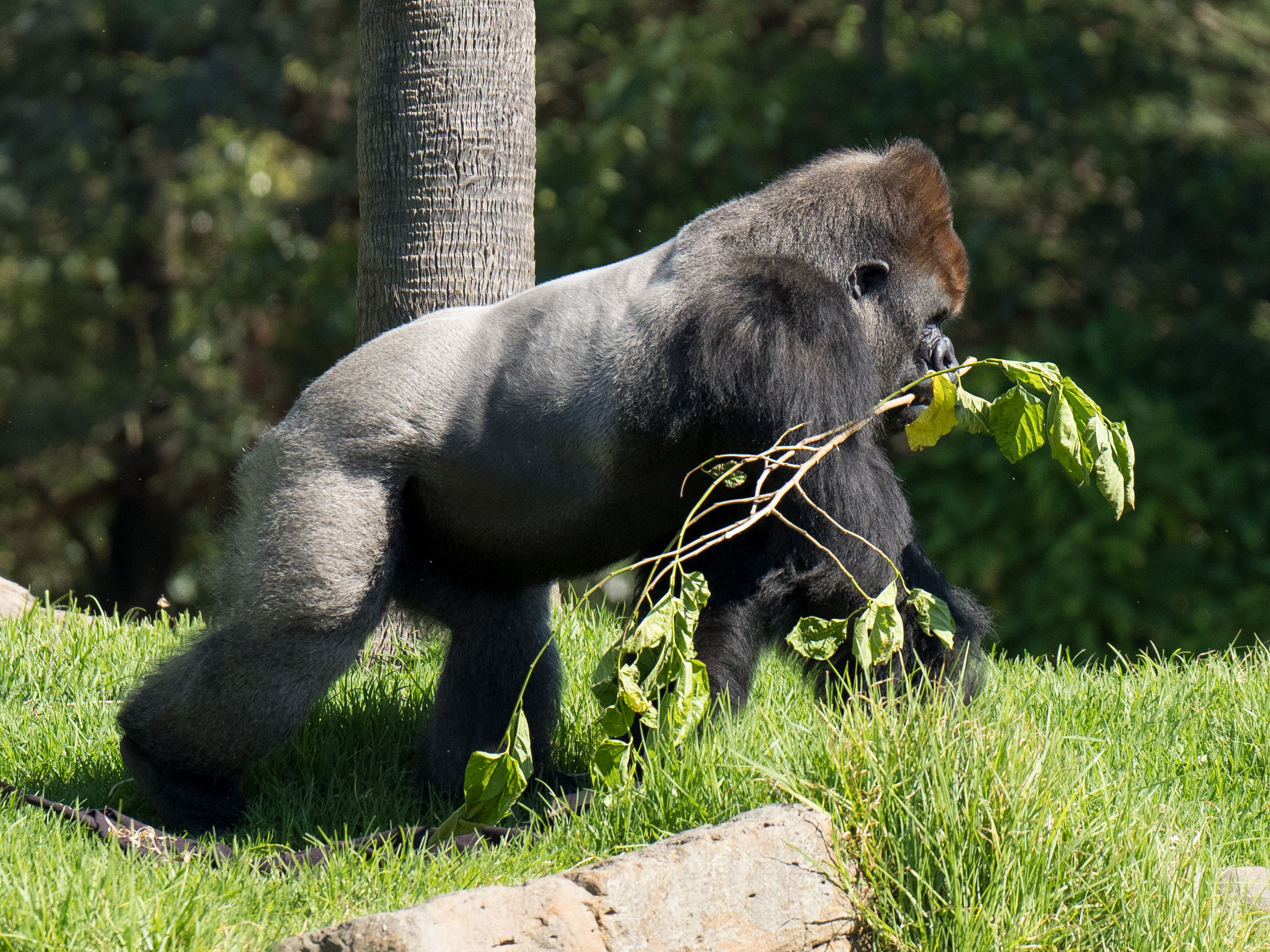 Gorilla's breakfast answering "how sharp is it?"
Gorilla's breakfast answering "how sharp is it?" 
Does this photograph of a gorilla's breakfast show how sharp this lens can be?
Read article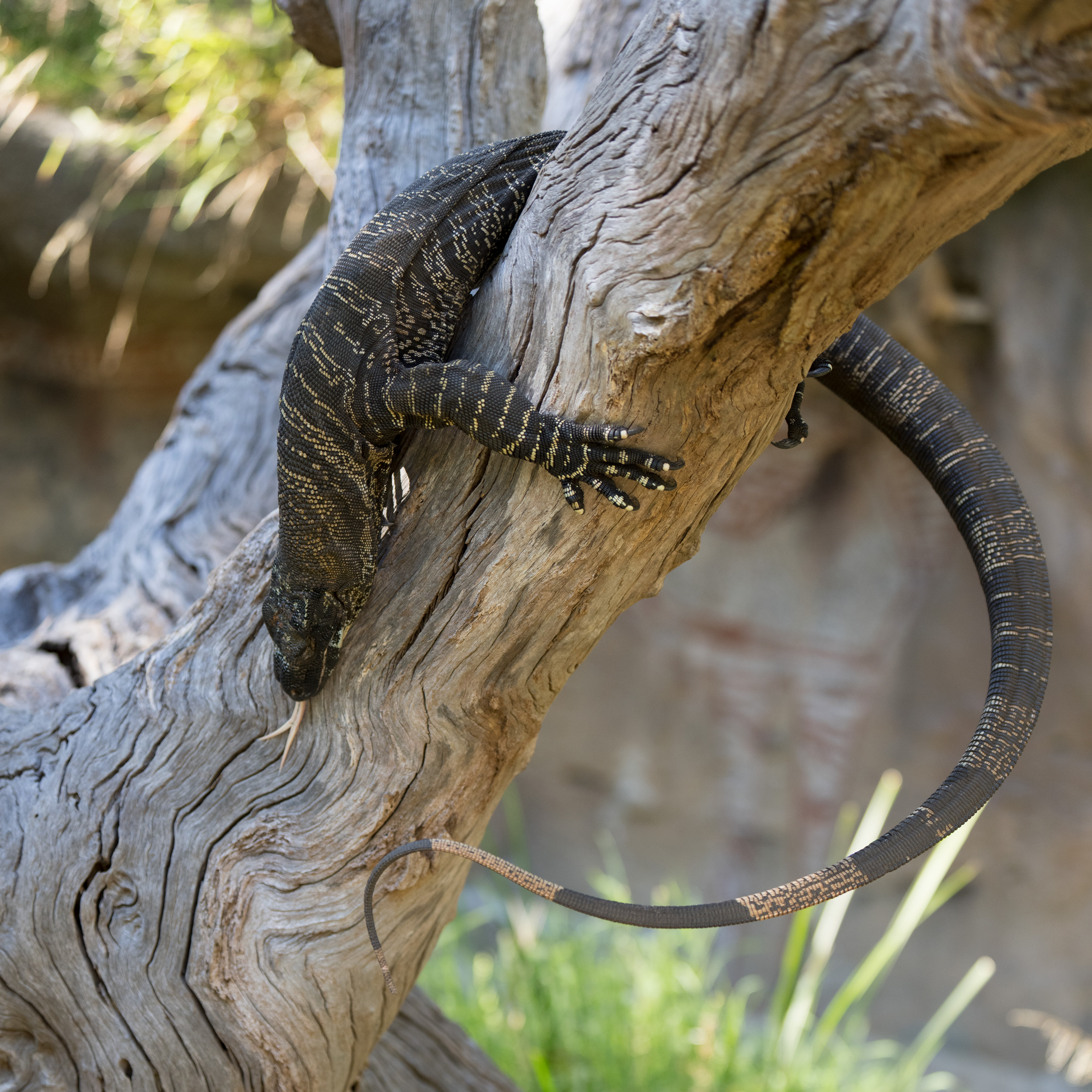 Go, go, goanna!
Go, go, goanna! 
A goanna may be a lizard, but a lot bigger than most lizards.
Read article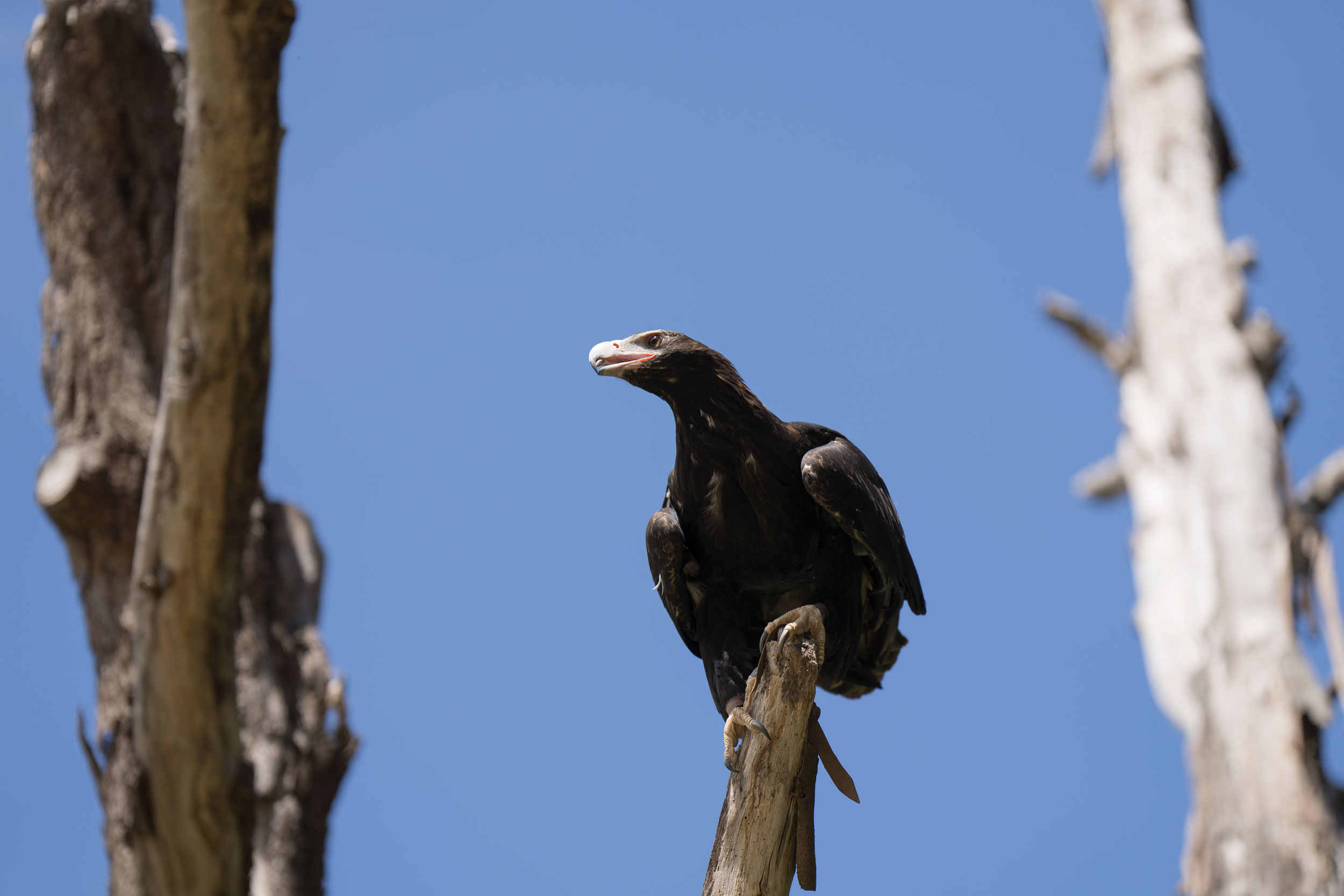 Australia's apex aerial predator still has to moult
Australia's apex aerial predator still has to moult 
A wedge tail eagle looks dangerous, even when she is scruffy!
Read article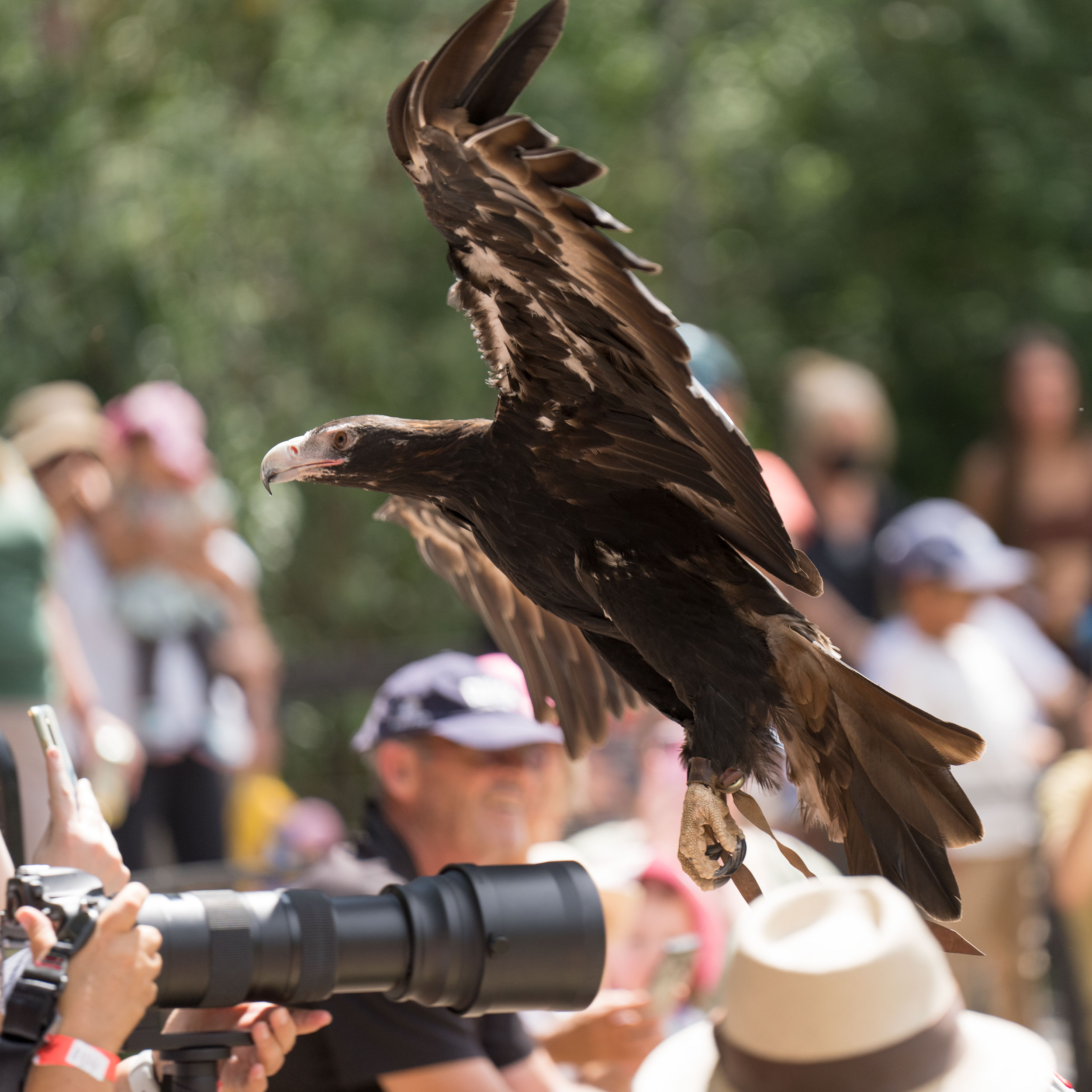 A bit too much glass for the shot
A bit too much glass for the shot 
A wedge tail eagle looks dangerous, even when she is scruffy!
Read article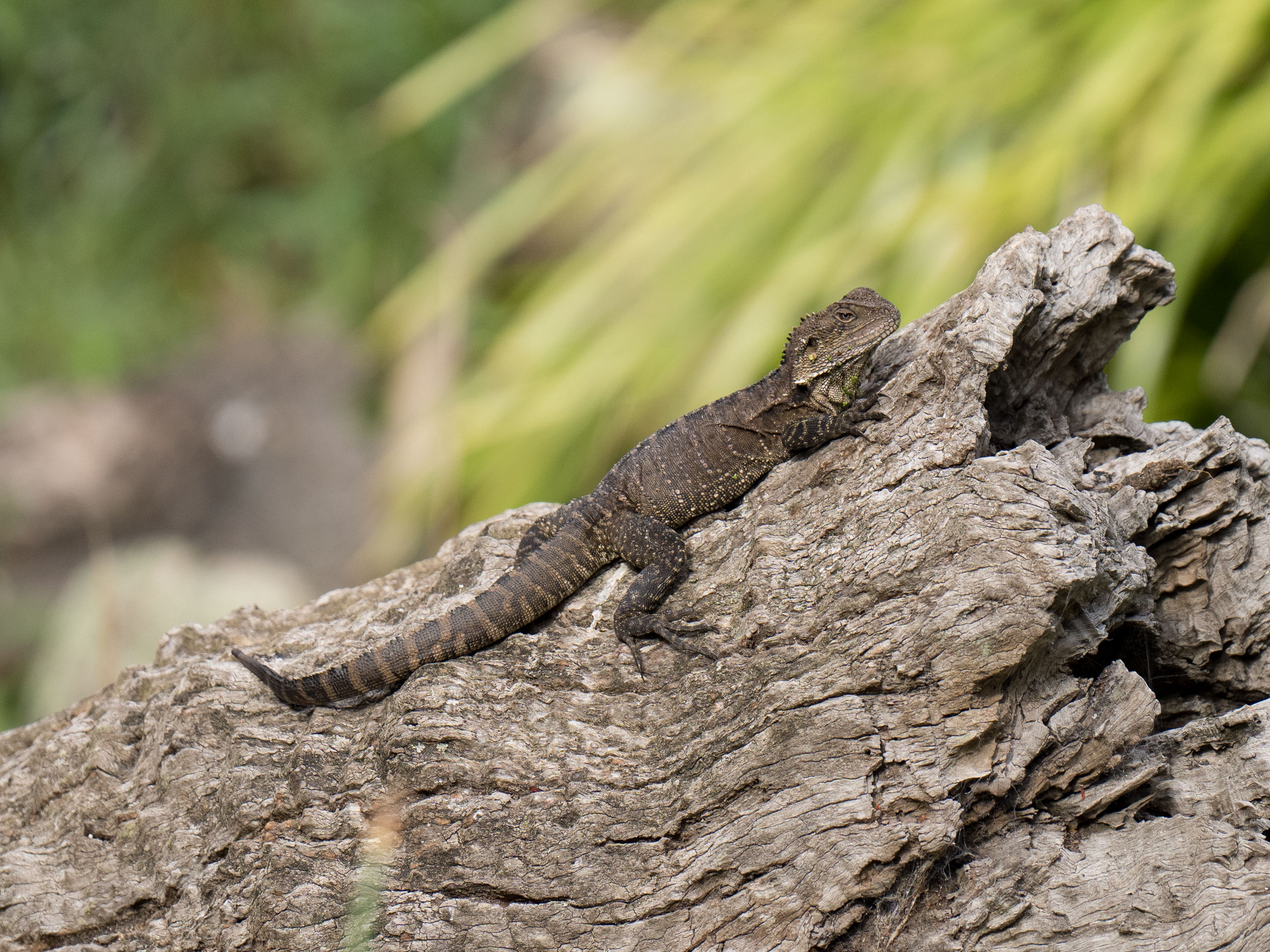 A water dragon, not a lemur
A water dragon, not a lemur 
This is not what you expect to find in the lemur enclosure.
Read article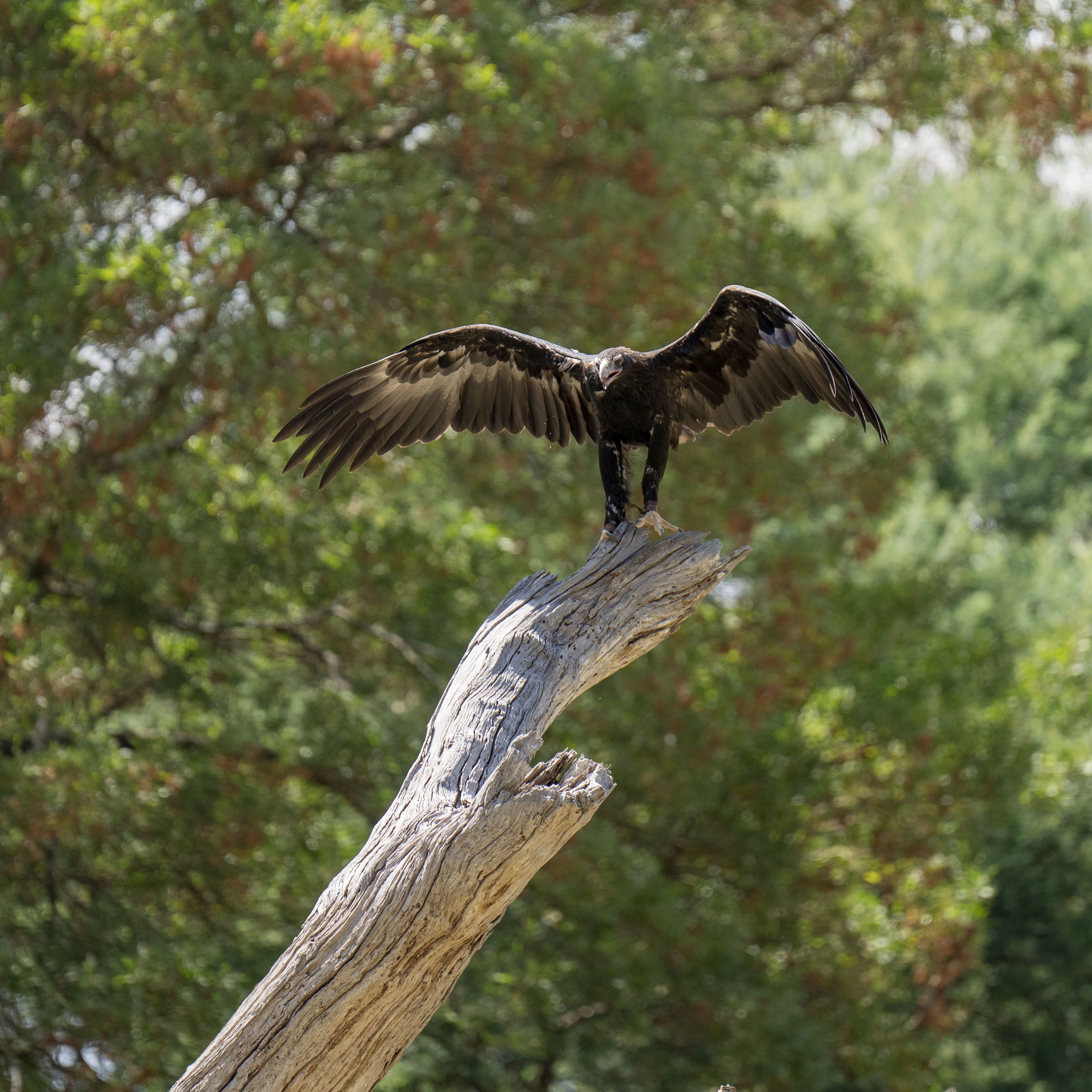 What can you do with a whole bunch of images from a burst?
What can you do with a whole bunch of images from a burst? 
What can you do with a burst of images?
Read article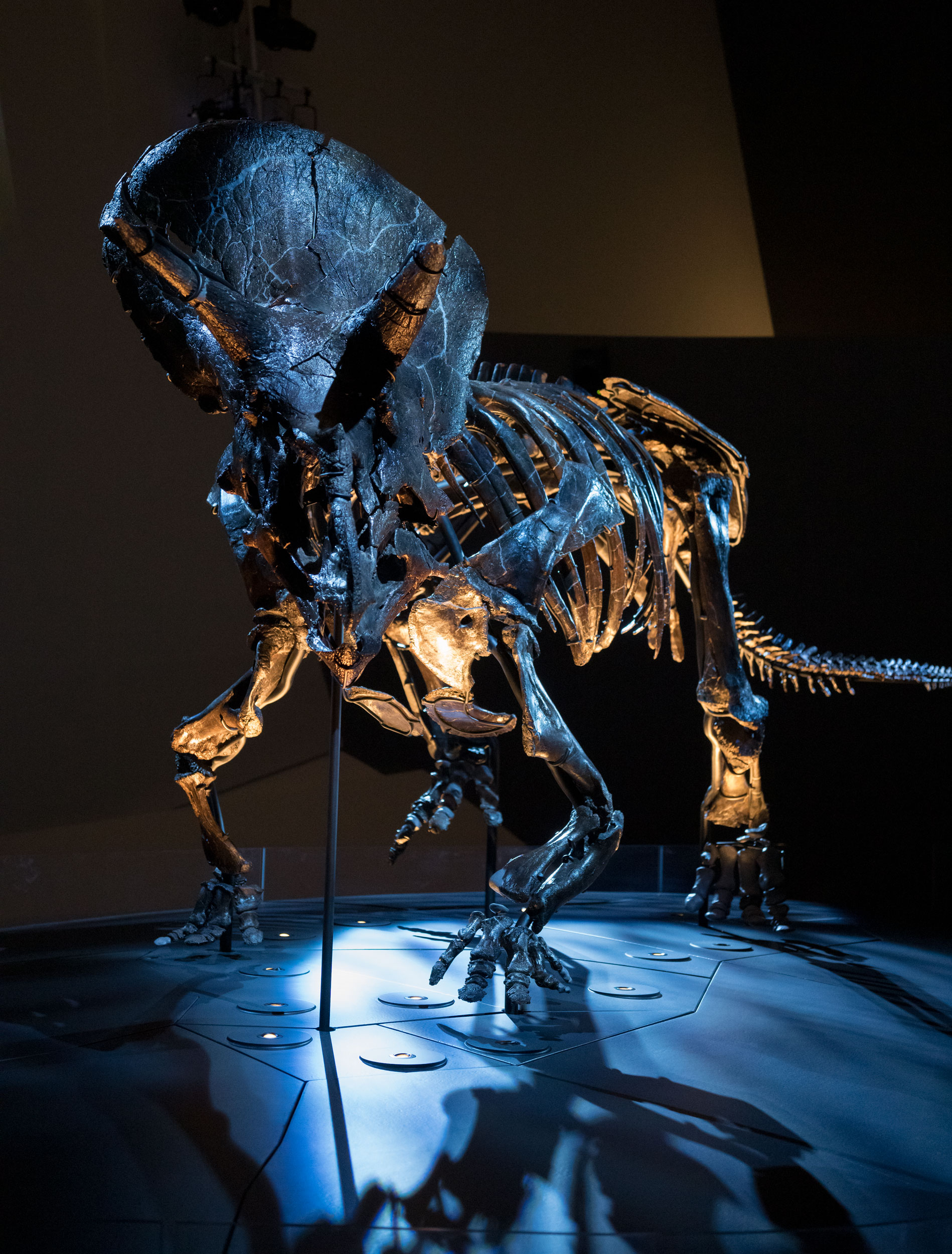 Melbourne Museum's Monster!
Melbourne Museum's Monster! 
The newest exhibit at Melbourne Museum is huge, but so cool - the most complete dinosaur skeleton uncovered so far.
Read article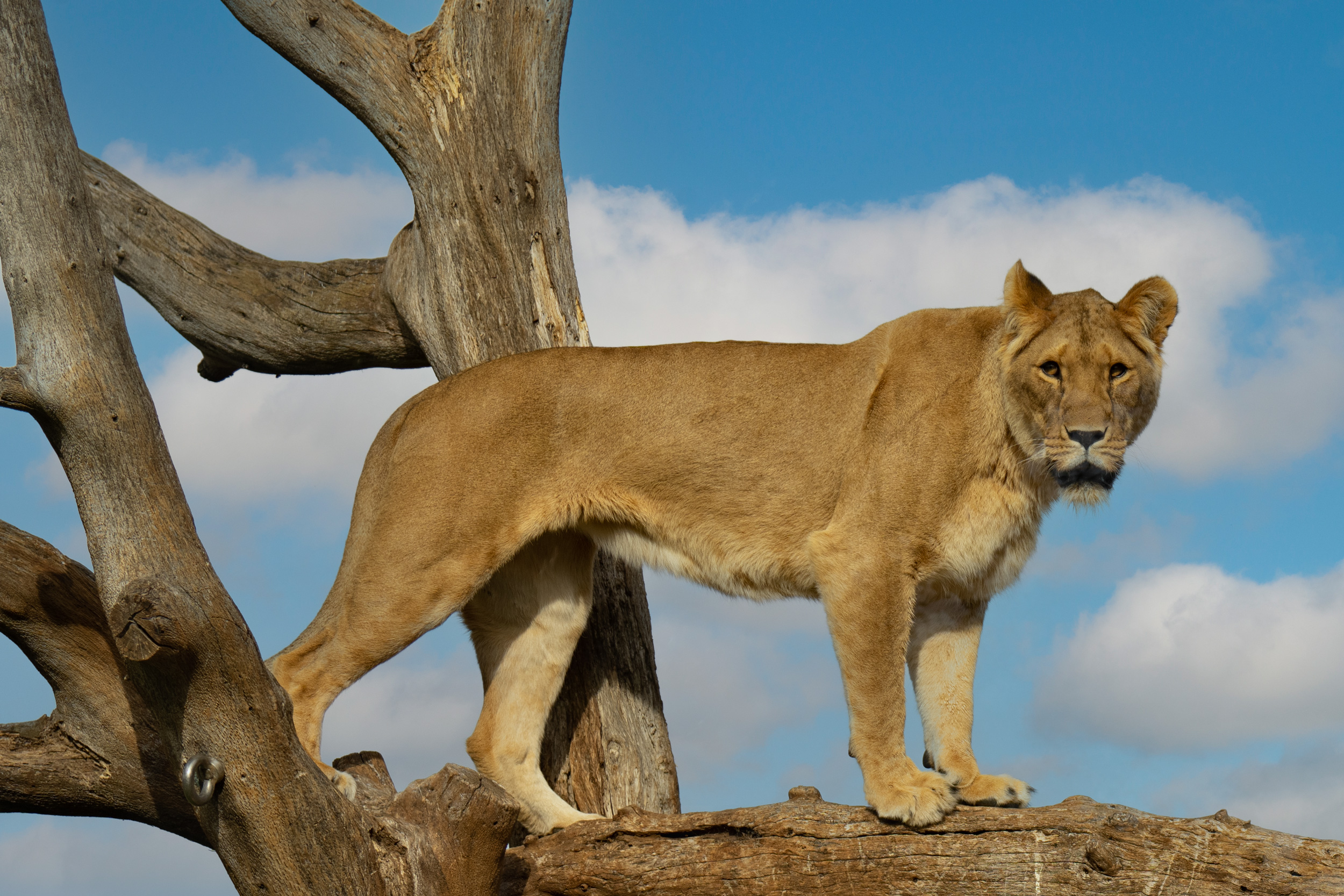 No boys allowed in this tree-house!
No boys allowed in this tree-house! 
A lion's tree-house is girls only for a little bit longer.
Read article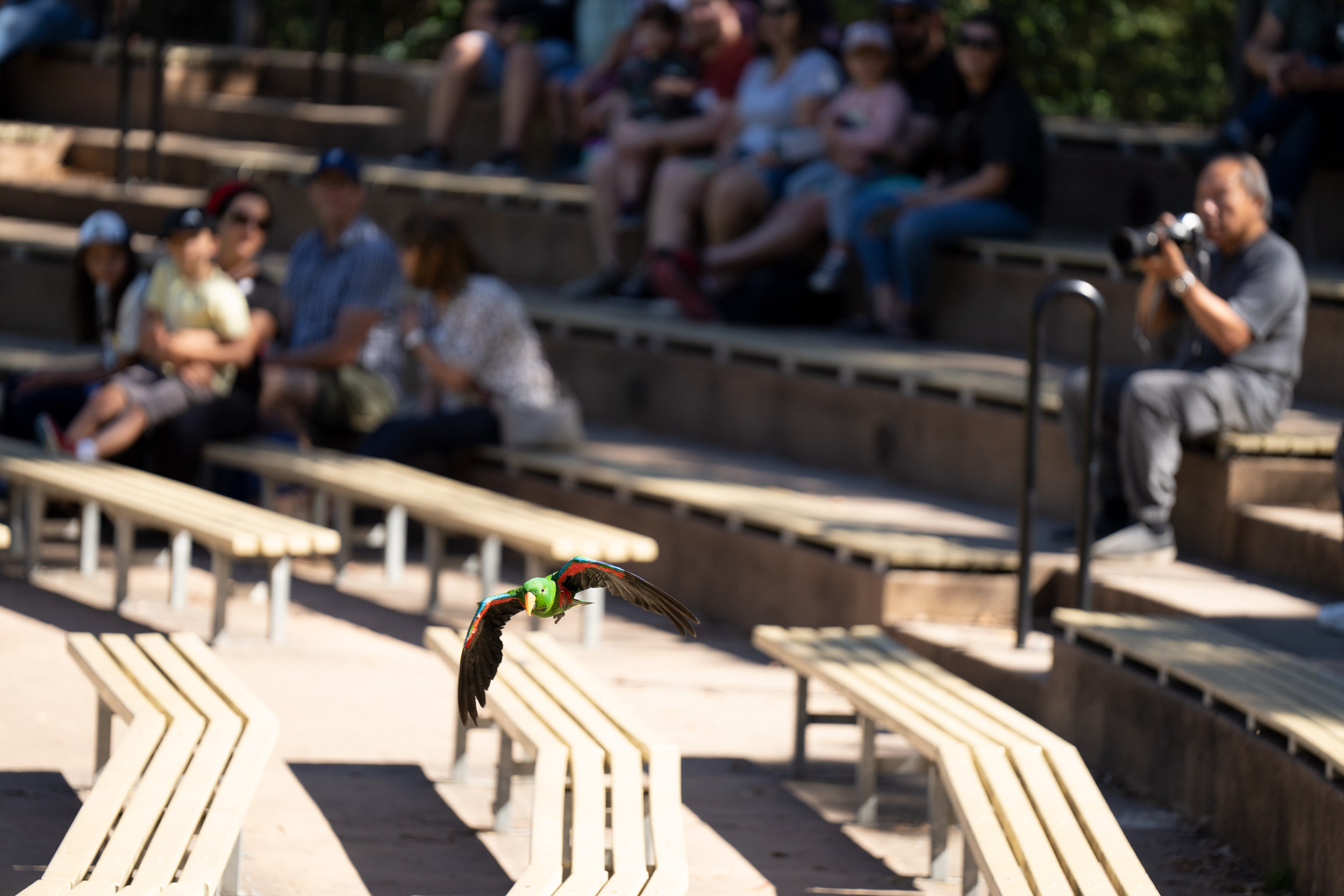 Nothing in focus?
Nothing in focus? 
Sometimes the details are important!
Read article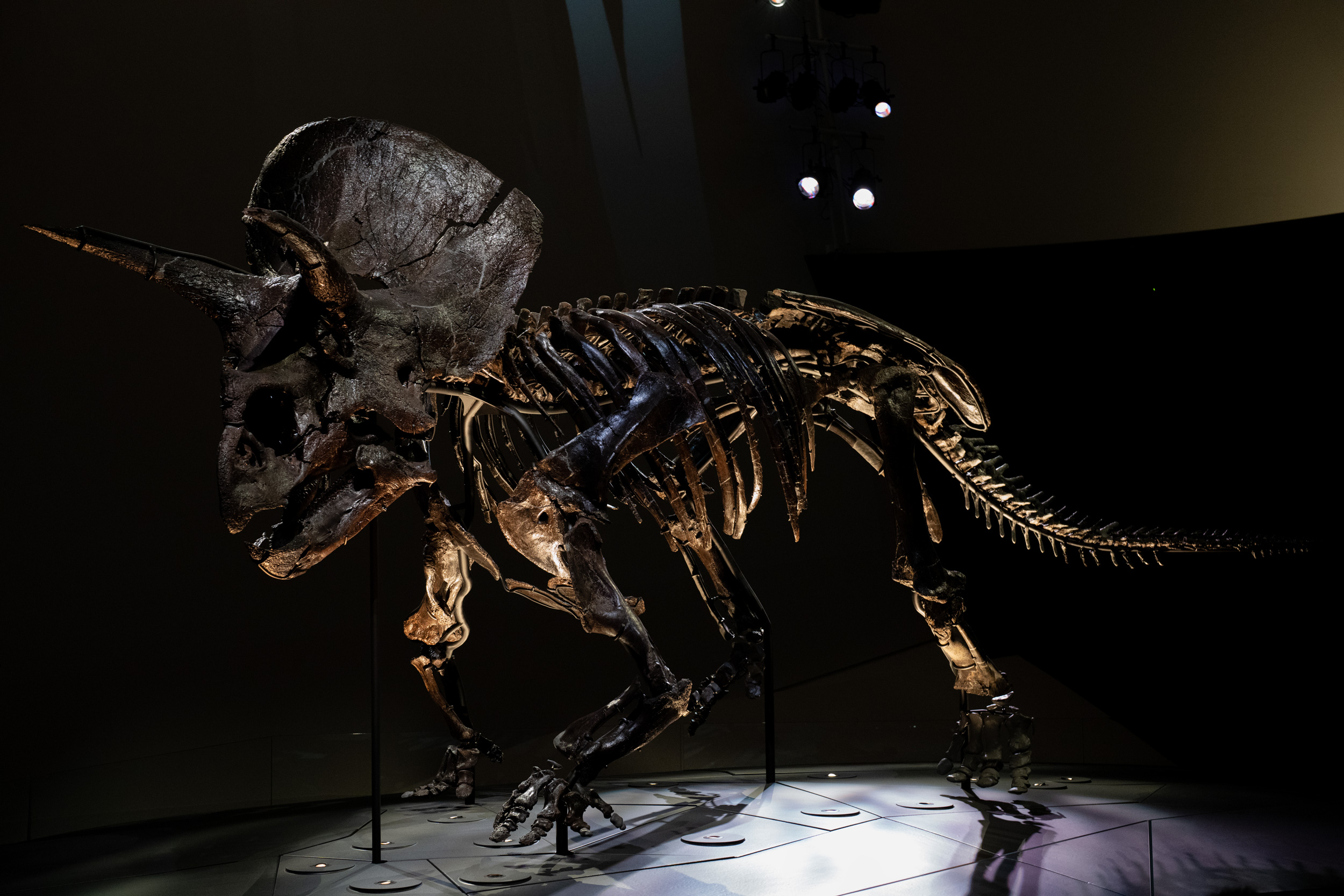 Melbourne Museum's Monster Revisited!
Melbourne Museum's Monster Revisited! 
The newest exhibit at Melbourne Museum is huge, but so cool - the most complete dinosaur skeleton uncovered so far.
Read article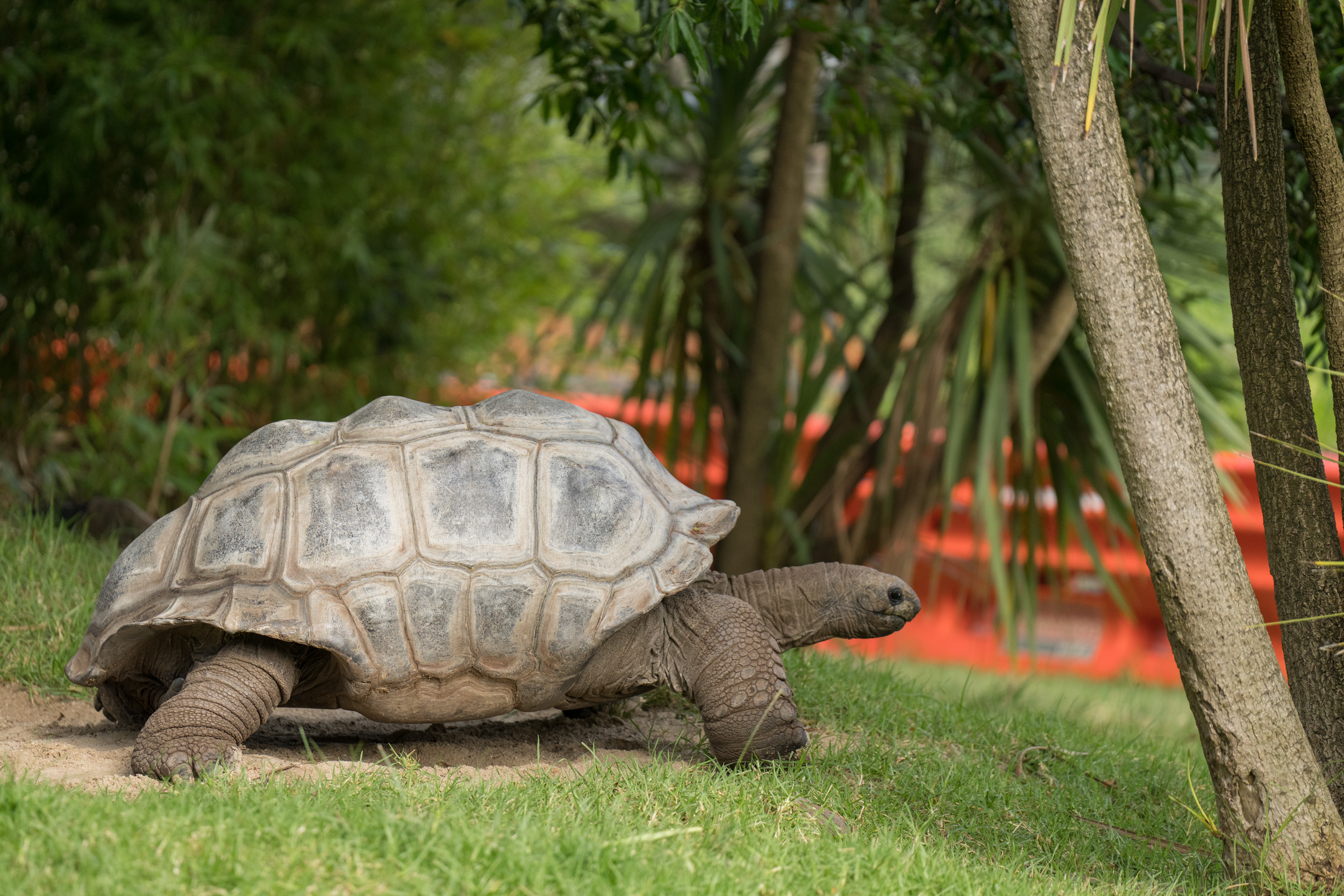 That rock is moving!
That rock is moving! 
Sometimes a tortoise just has to get somewhere.
Read article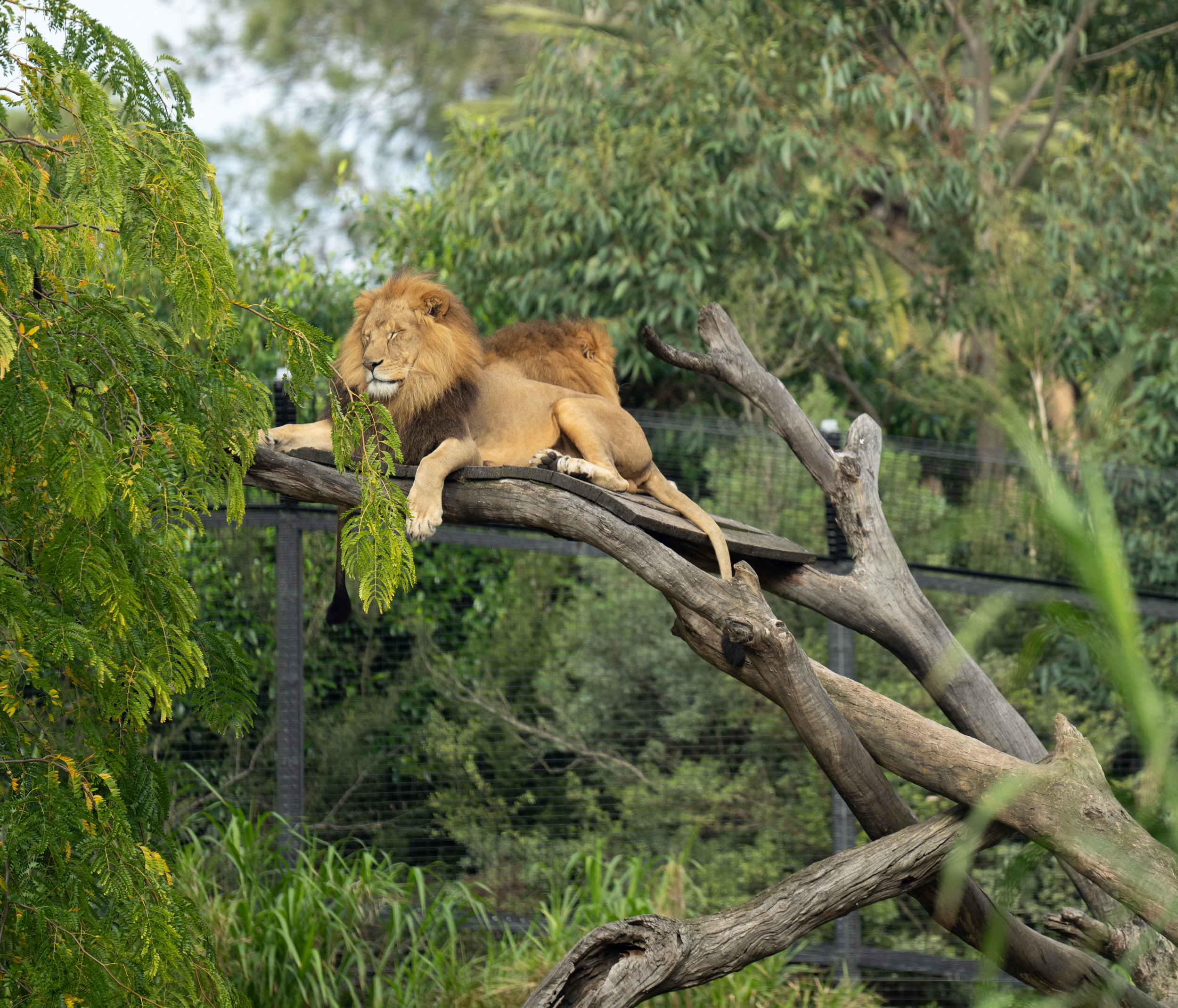 Boys only in this tree-house!
Boys only in this tree-house! 
To balance a girls-only tree-house we must show a boys-only one.
Read article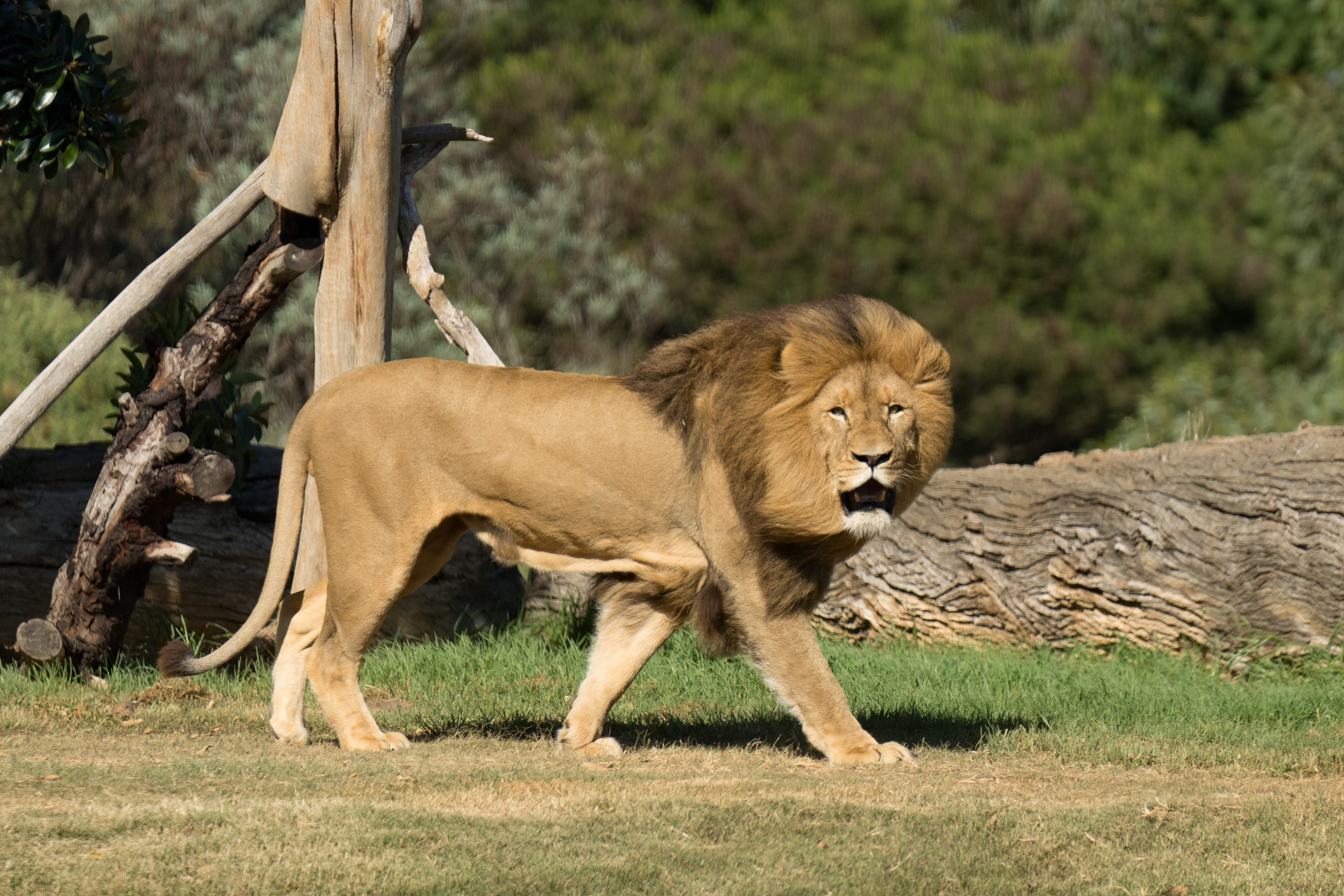 The new boy in town
The new boy in town 
A new male lion stalks the back range at Werribee as he waits out quarantine.
Read article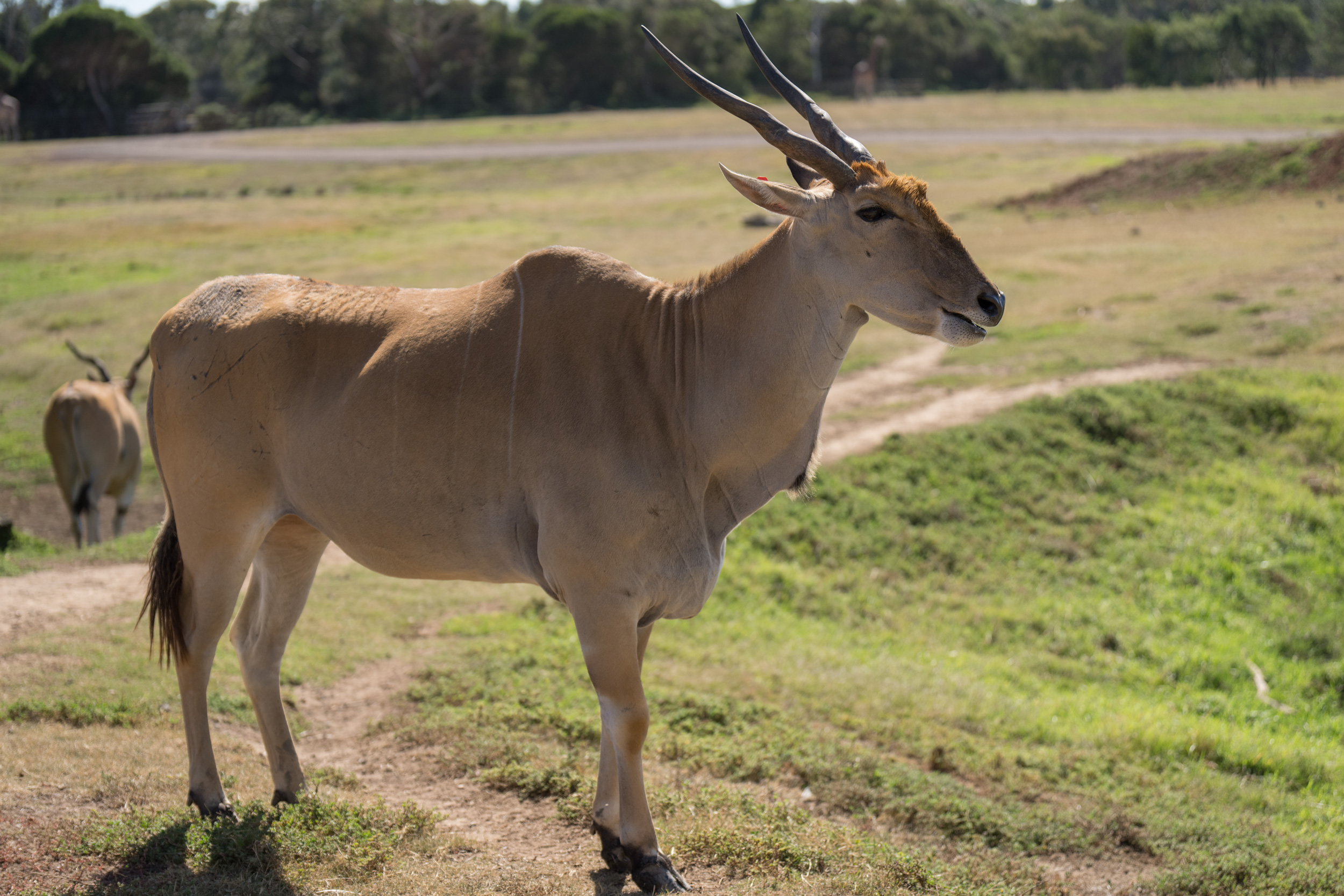 An eland posing
An eland posing 
An eland posing at the top of a hill
Read article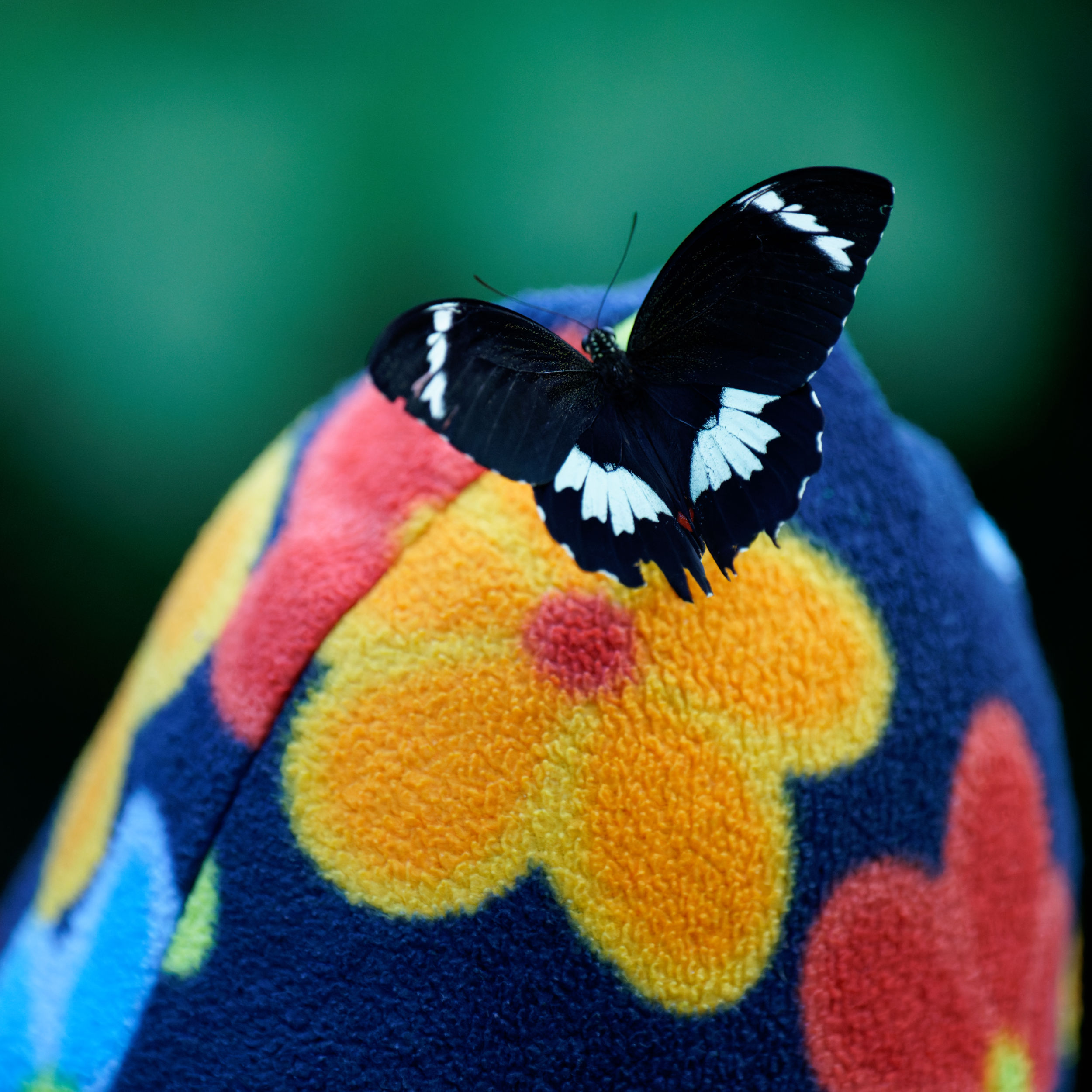 Black and white on colour
Black and white on colour 
To balance a girls-only tree-house we must show a boys-only one.
Read article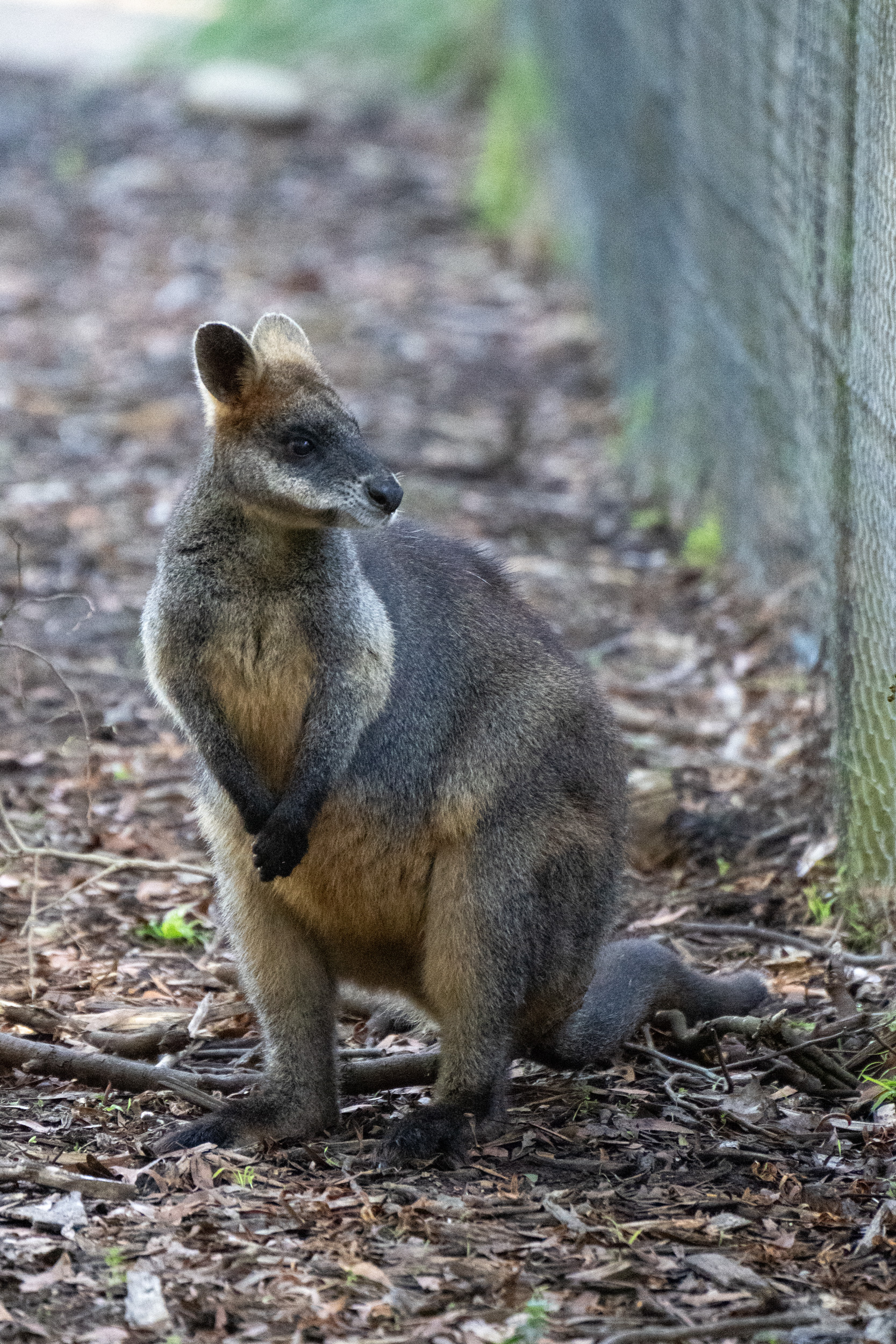 What kind of music does this wallaby like?
What kind of music does this wallaby like? 
A rock wallaby at rest
Read article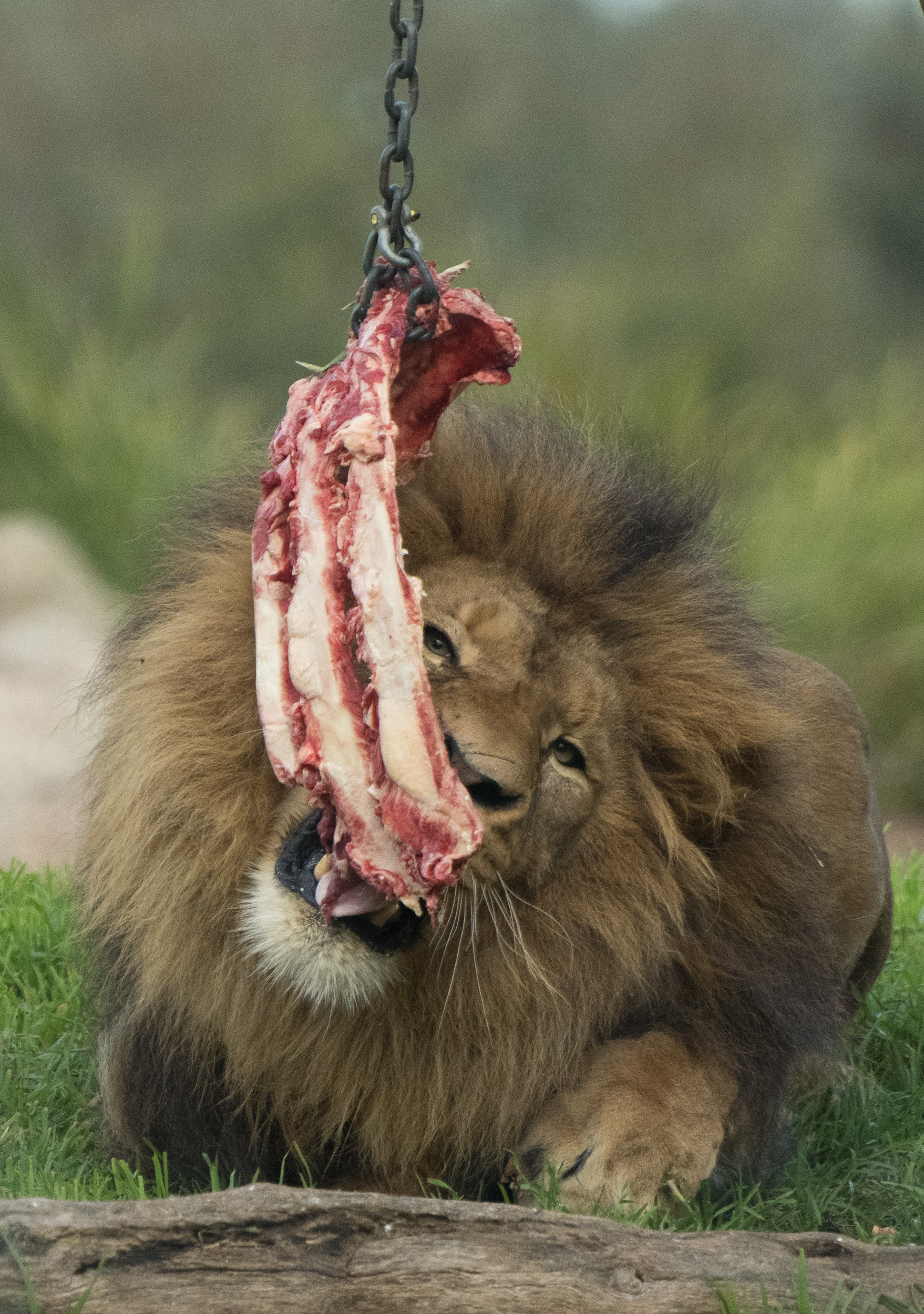 Ribs for breakfast
Ribs for breakfast 
Making a meal of some ribs
Read article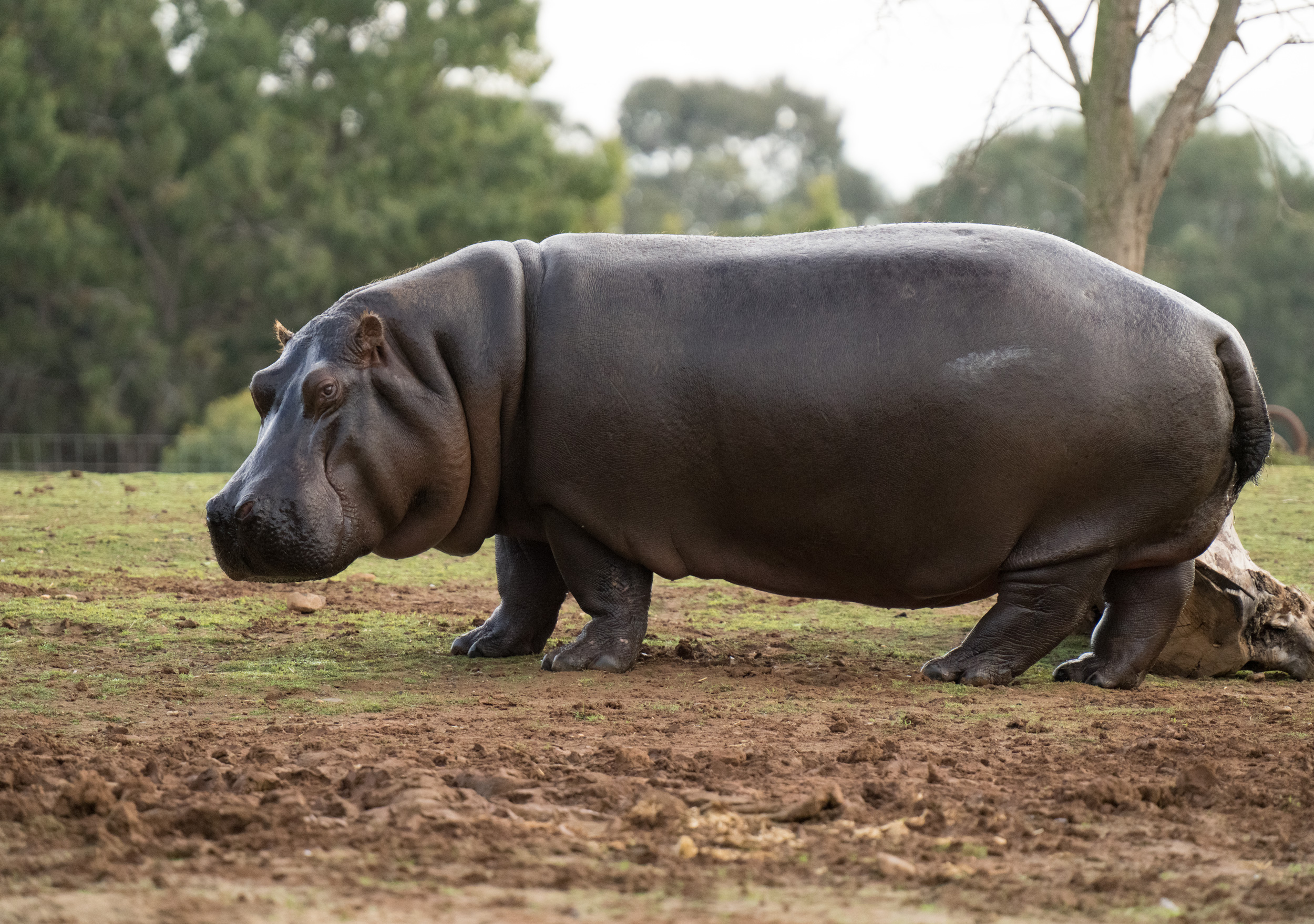 Ready for my closeup
Ready for my closeup 
Making a meal of some ribs
Read article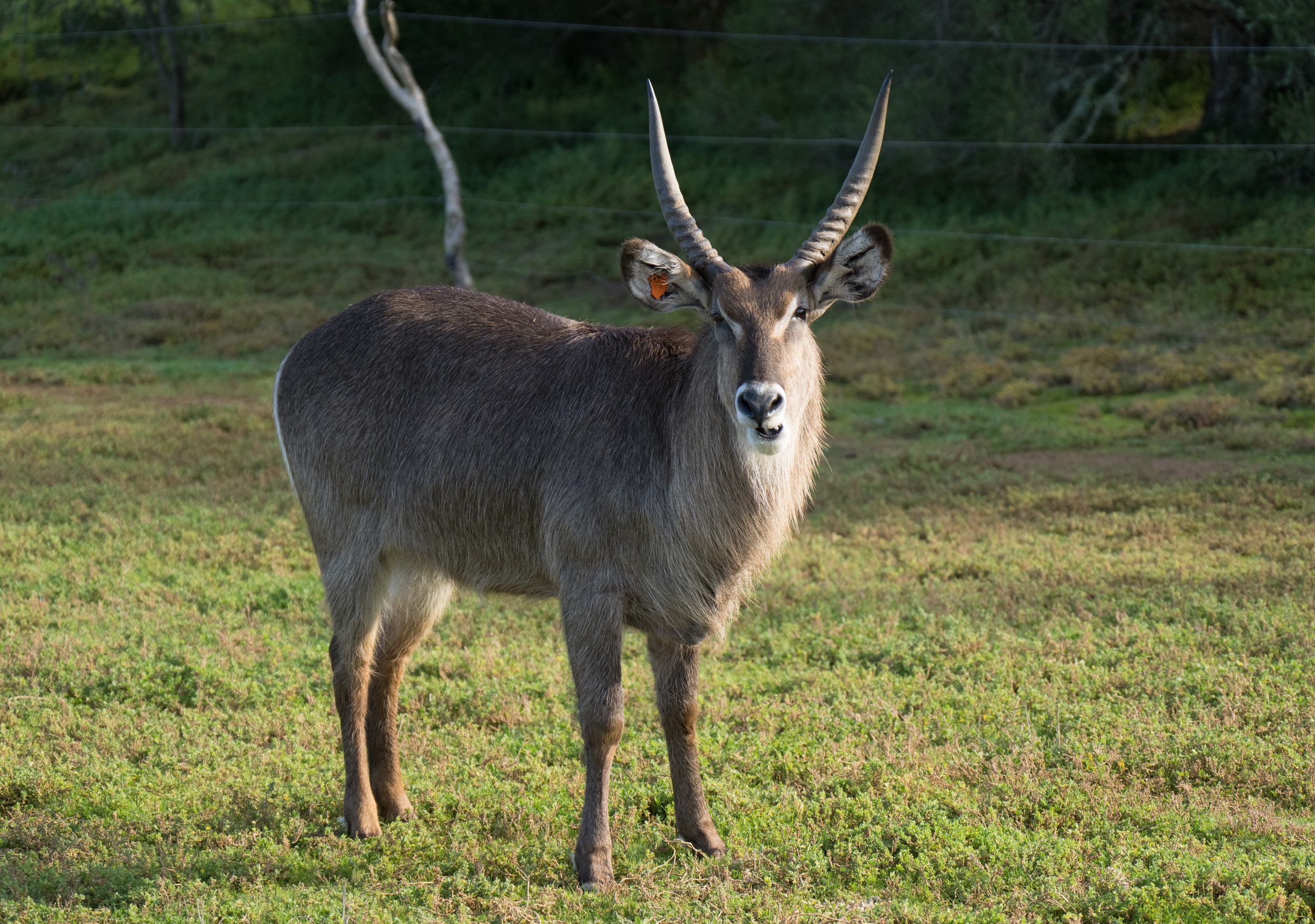 Warmly furred waterbuck
Warmly furred waterbuck 
Making a meal of some ribs
Read article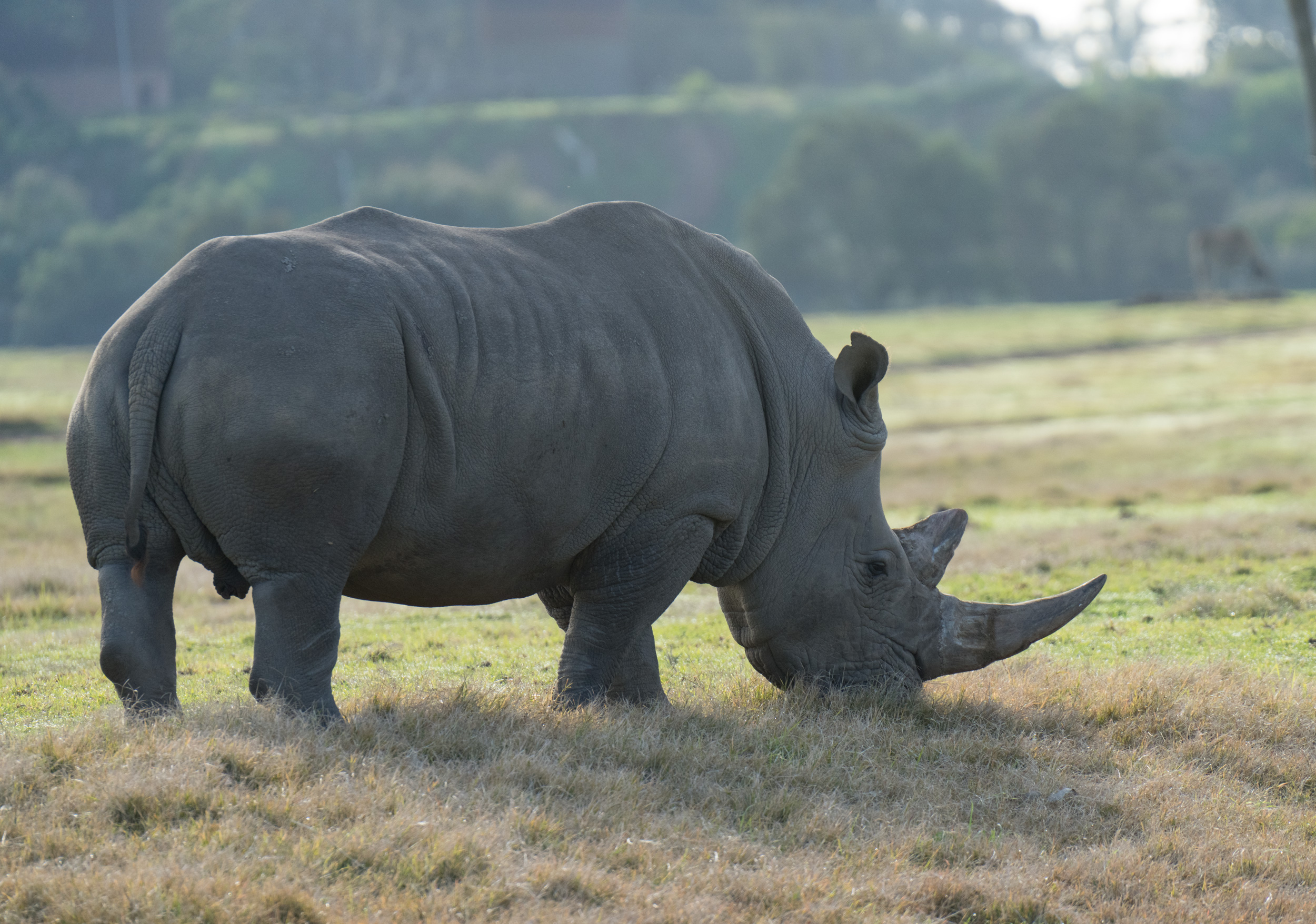 The dark side of the rhino
The dark side of the rhino 
Making a meal of some ribs
Read article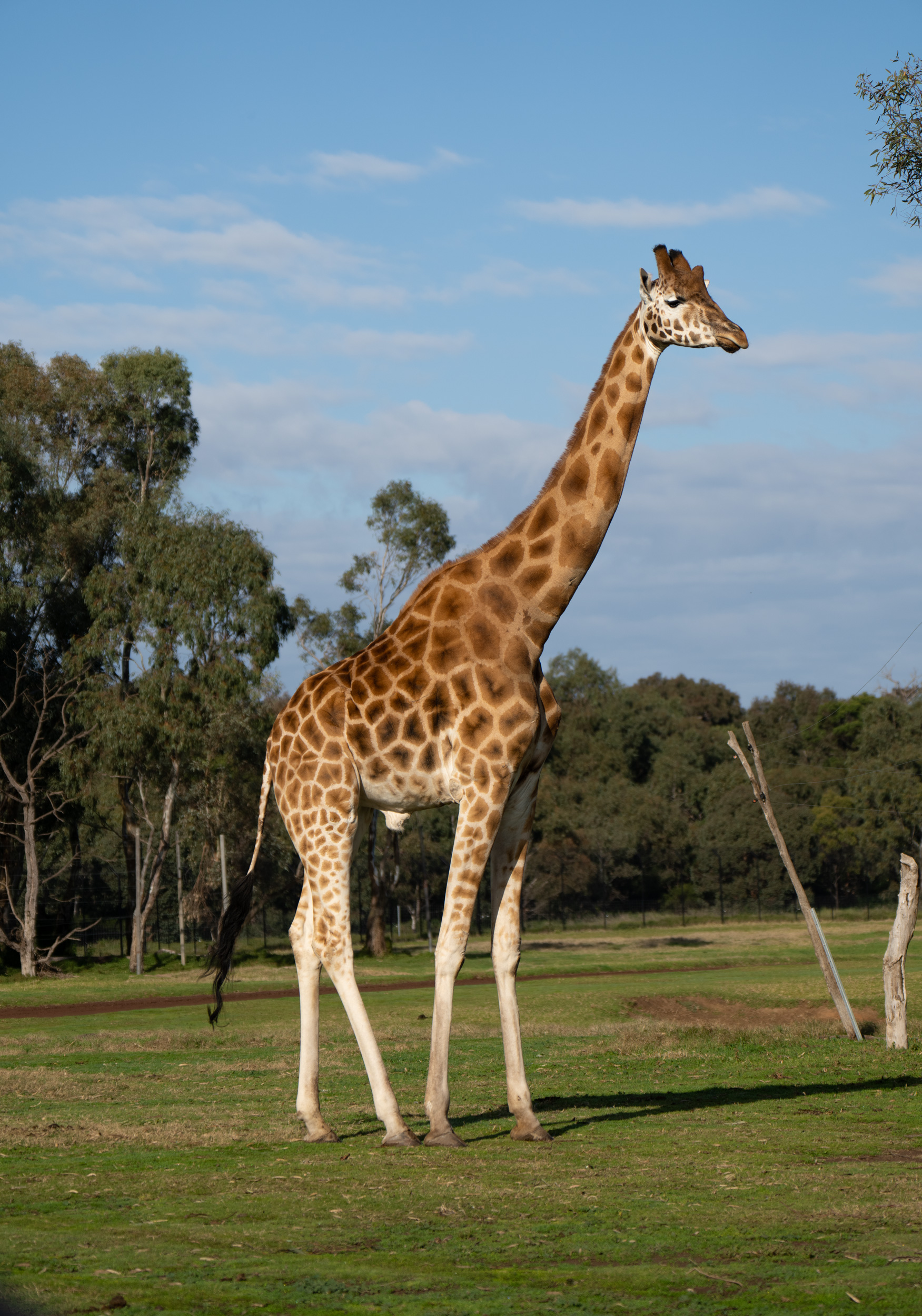 Tree-top dining
Tree-top dining 
When you are this tall, you have to look down on the world.
Read article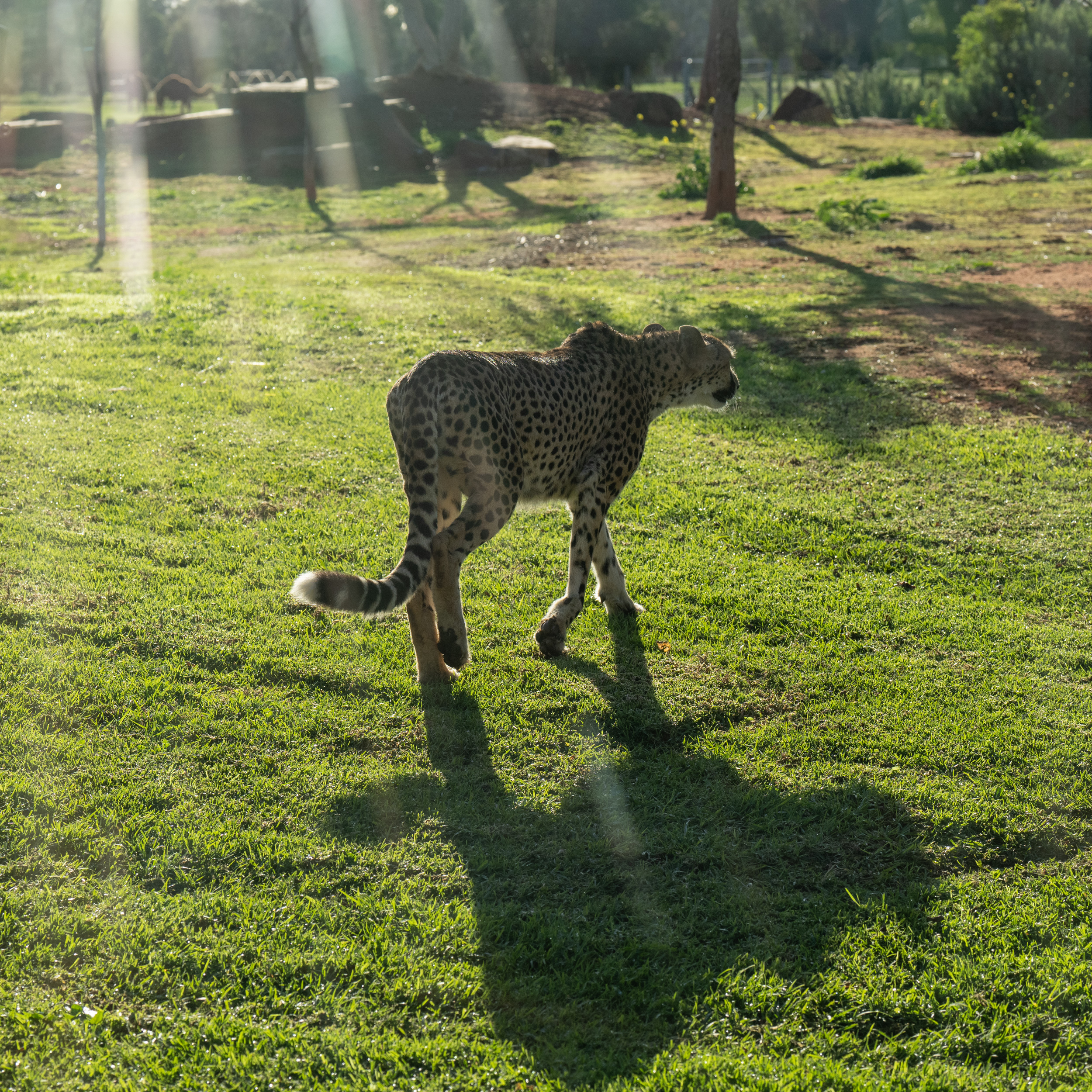 Shooting through glass with the sun at a low angle in the sky
Shooting through glass with the sun at a low angle in the sky 
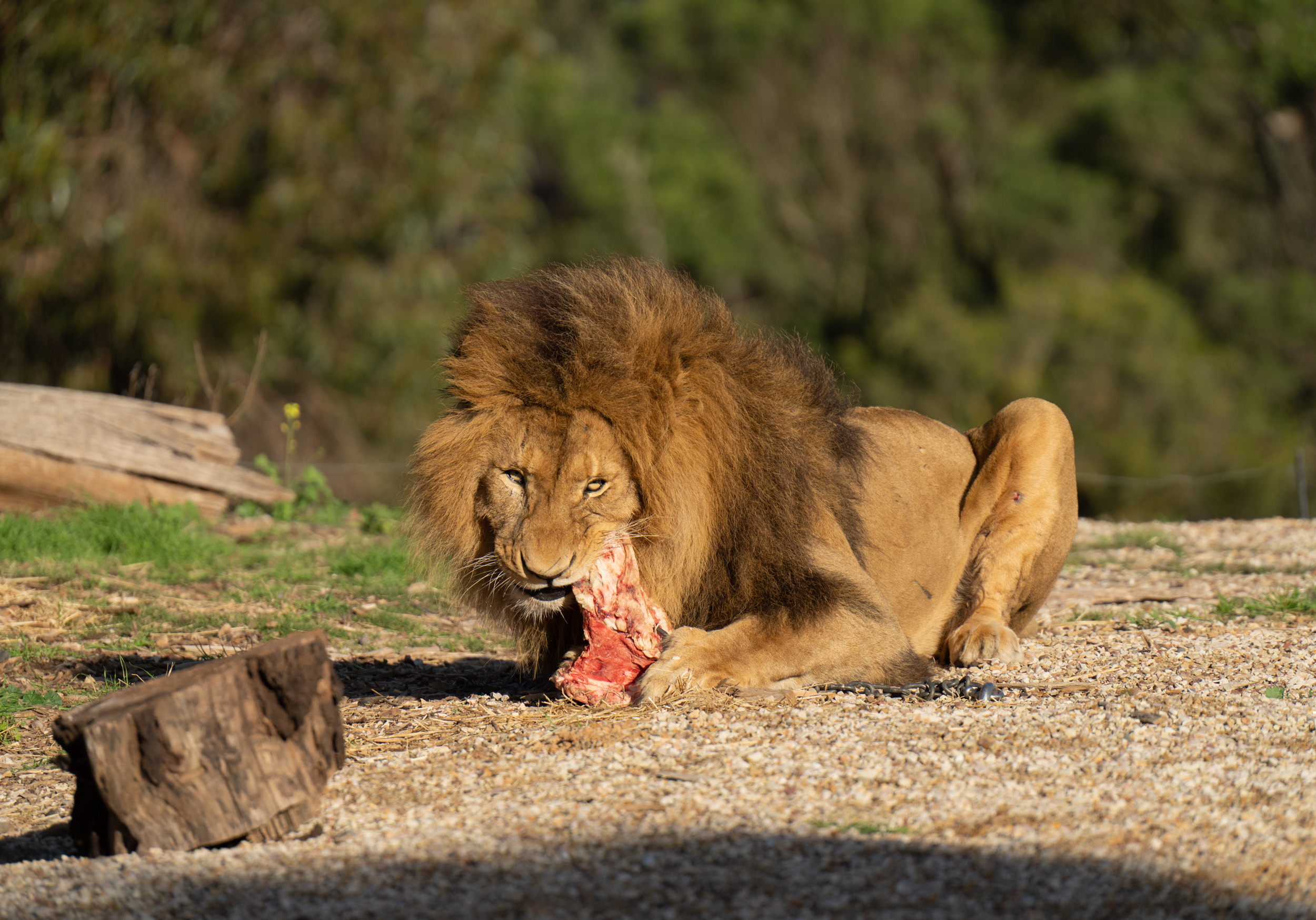 How much difference does a 2x teleconverter make?
How much difference does a 2x teleconverter make? 
To two or not to two...
Read article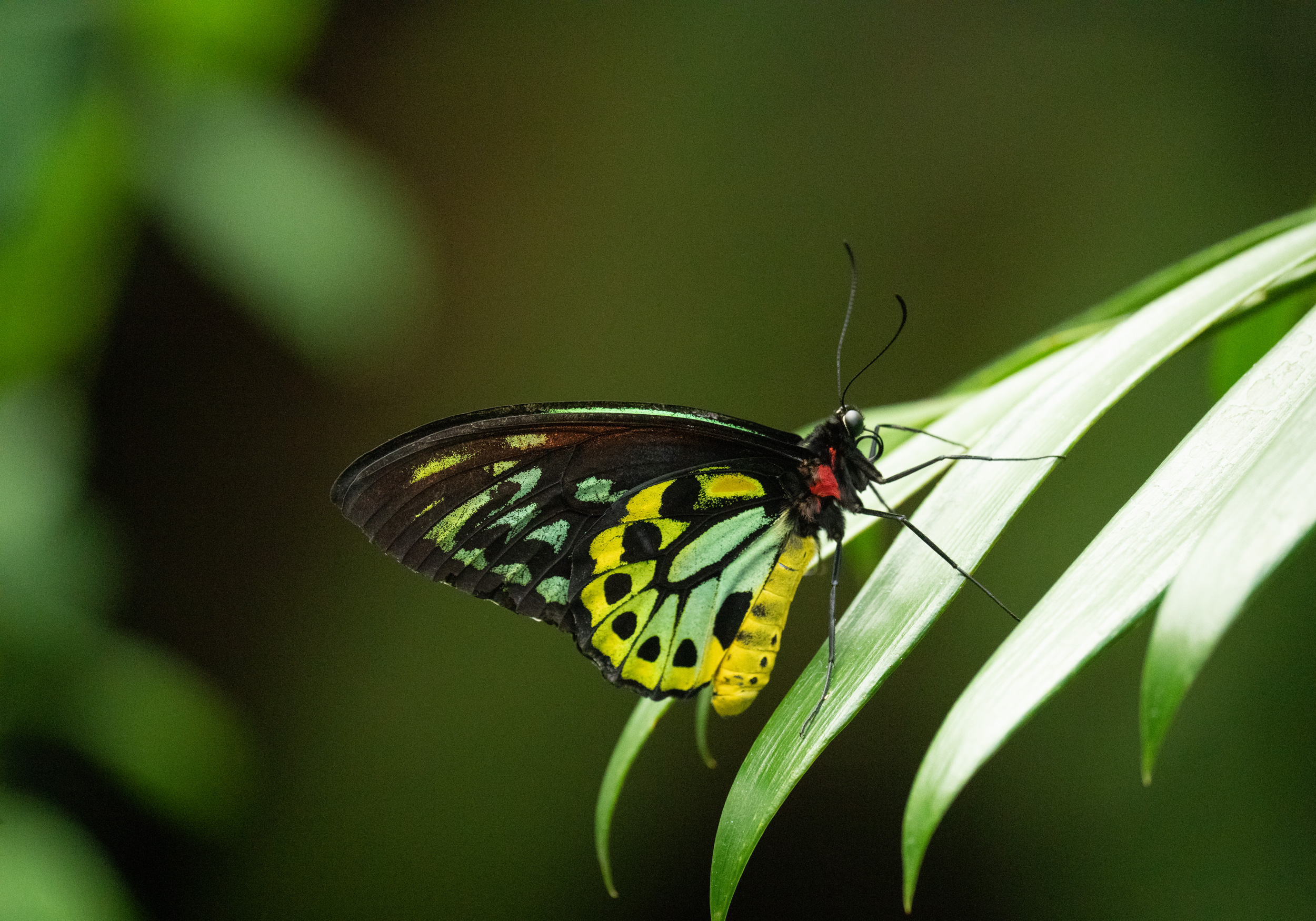 Butterfly at a distance
Butterfly at a distance 
The brightly coloured butterfly in this shot is Ornithoptera priamus (common green birdwing)
Read article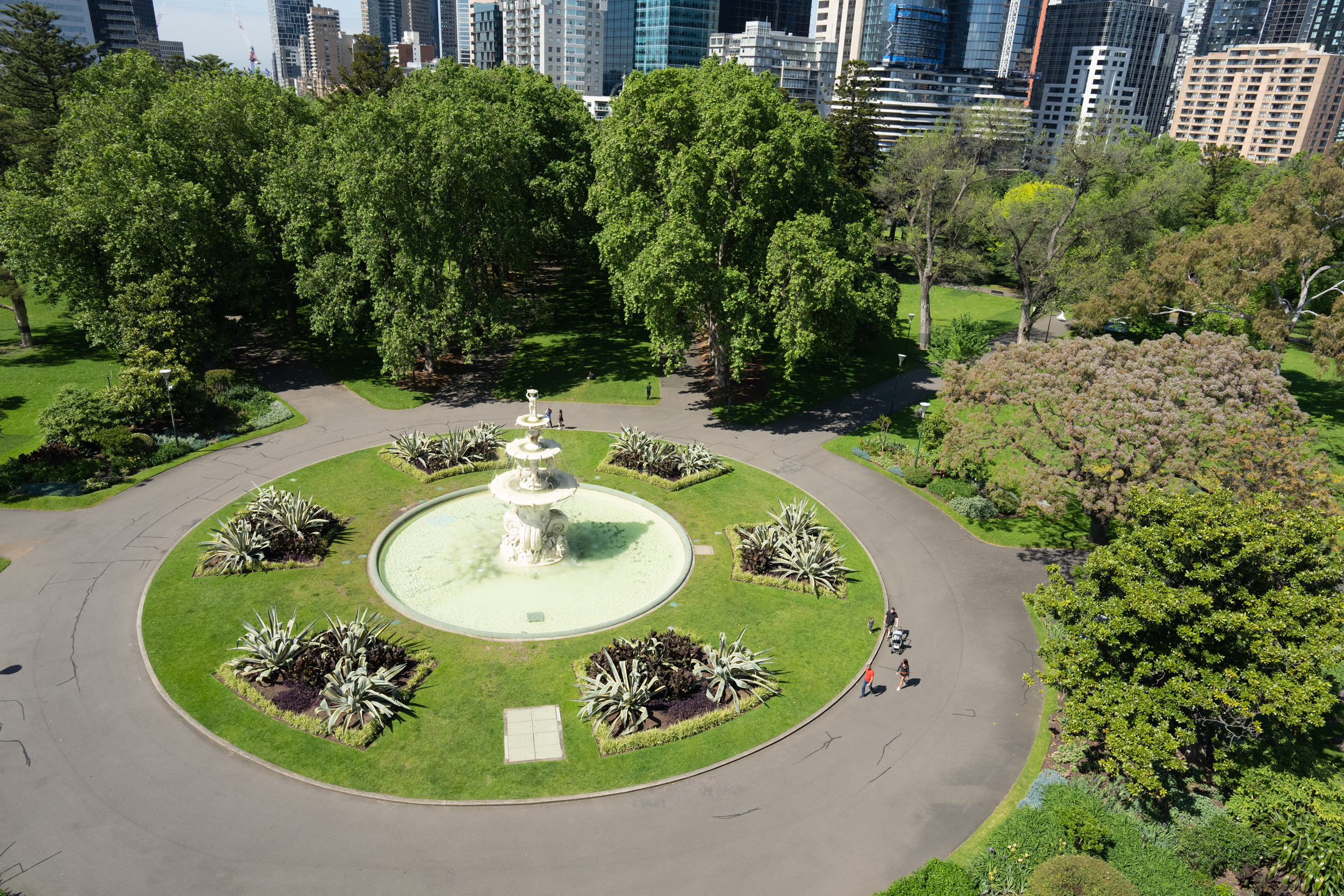 Green space on the edge of the city centre
Green space on the edge of the city centre 